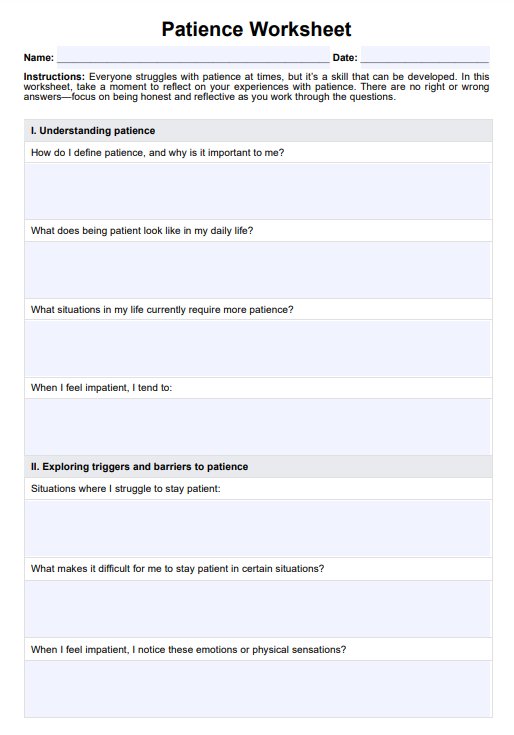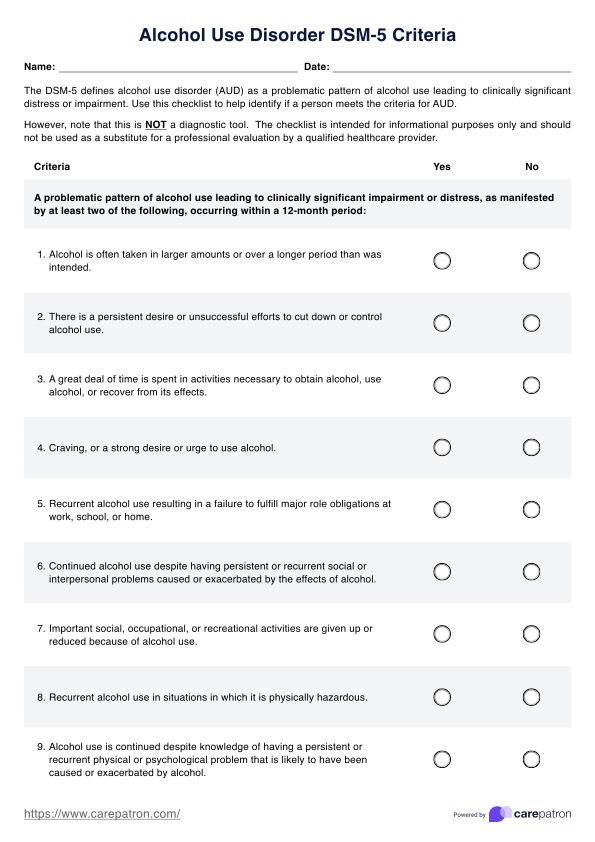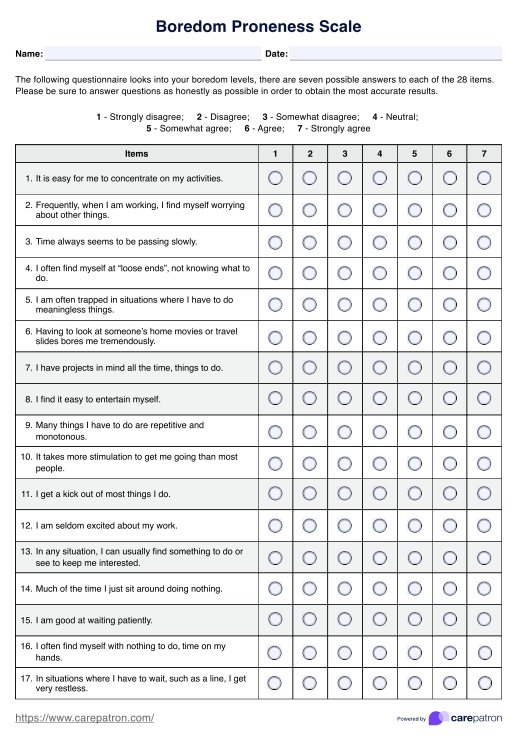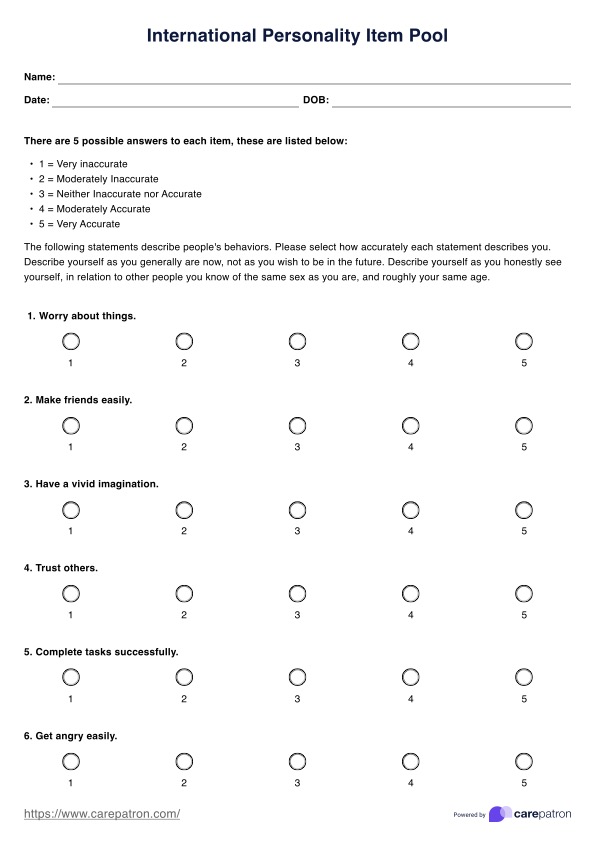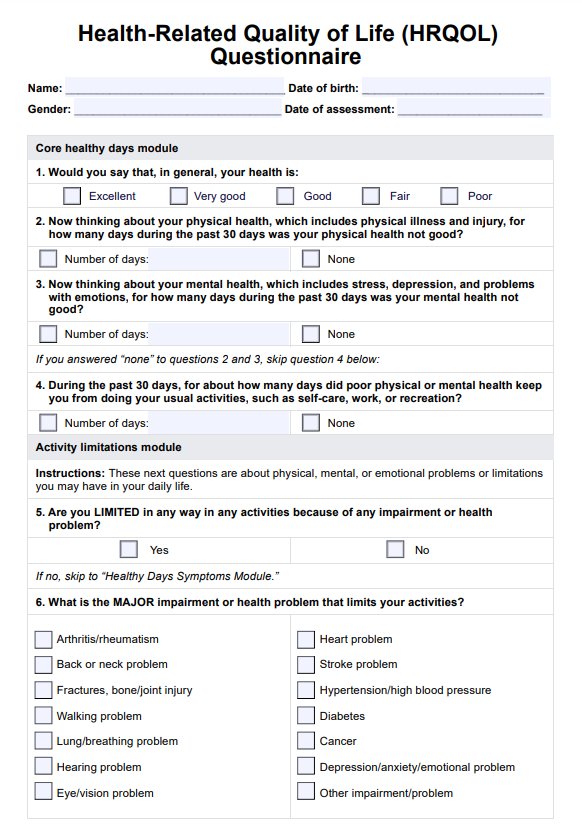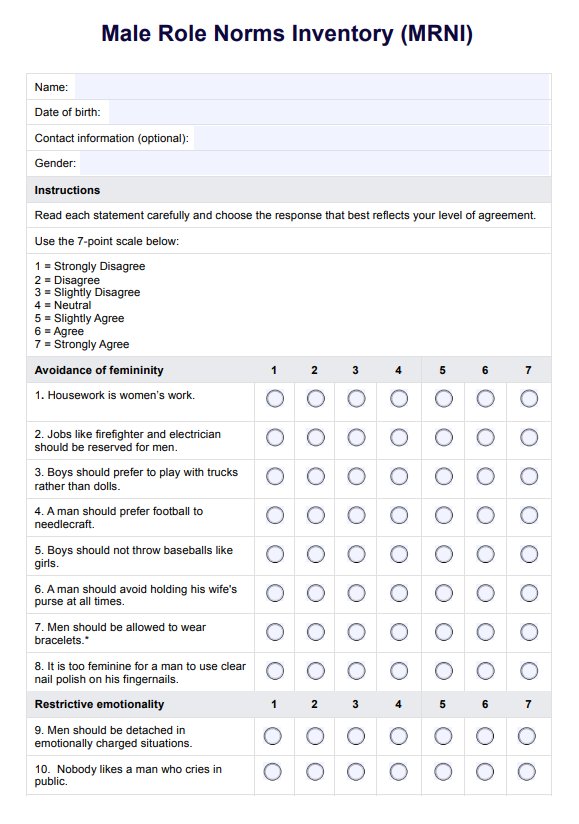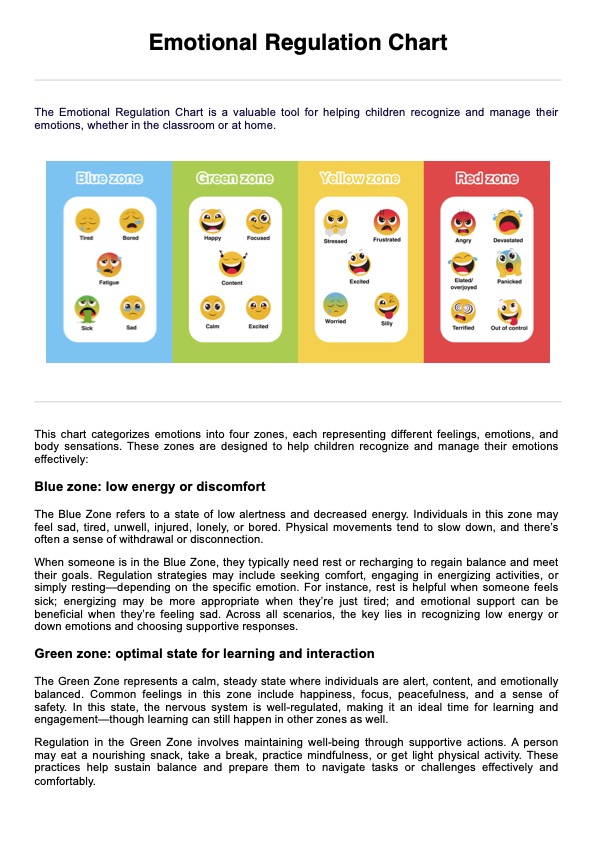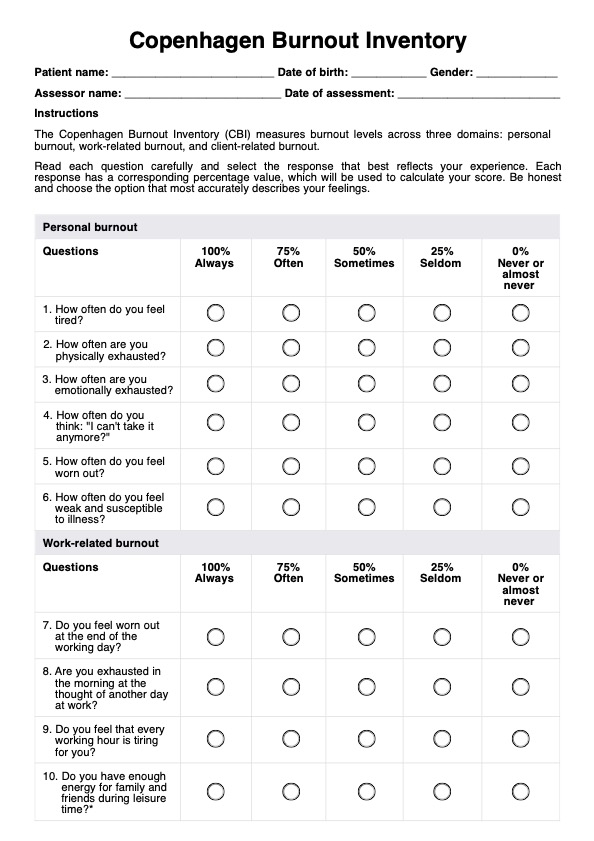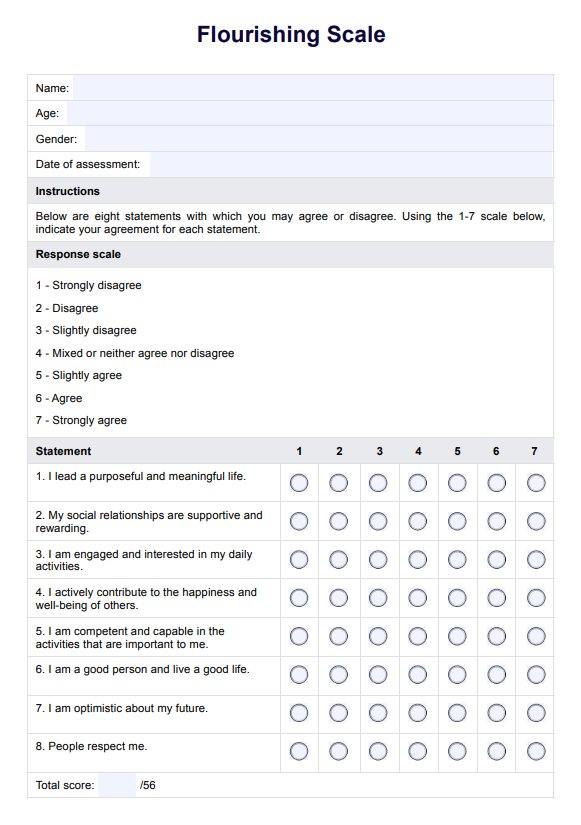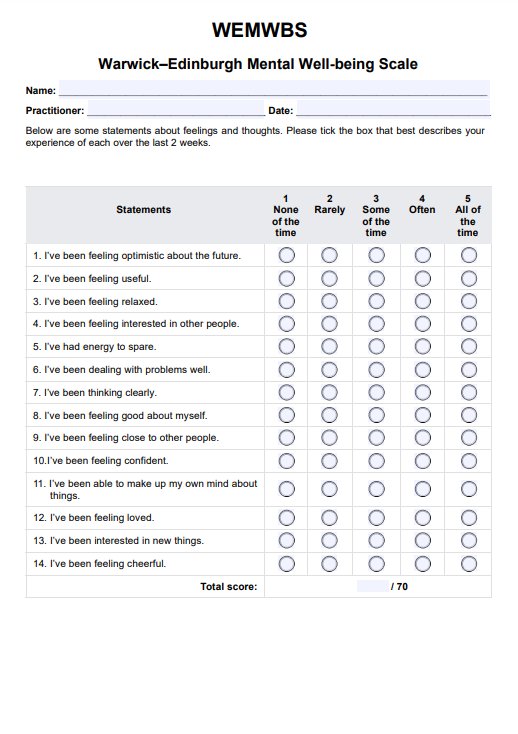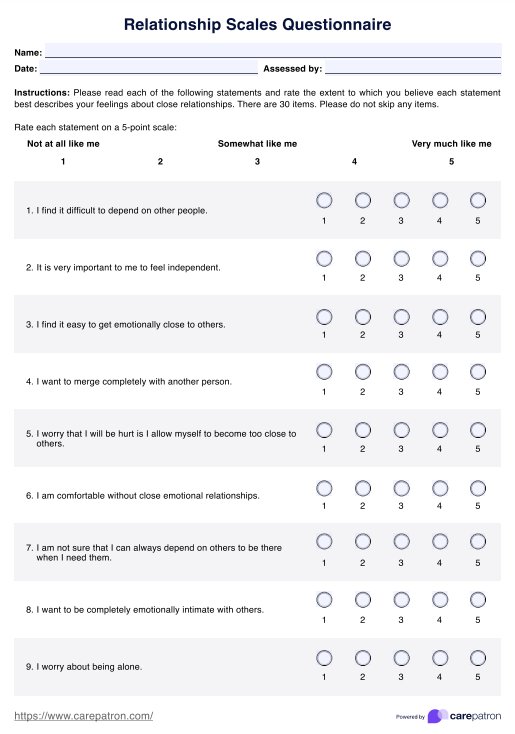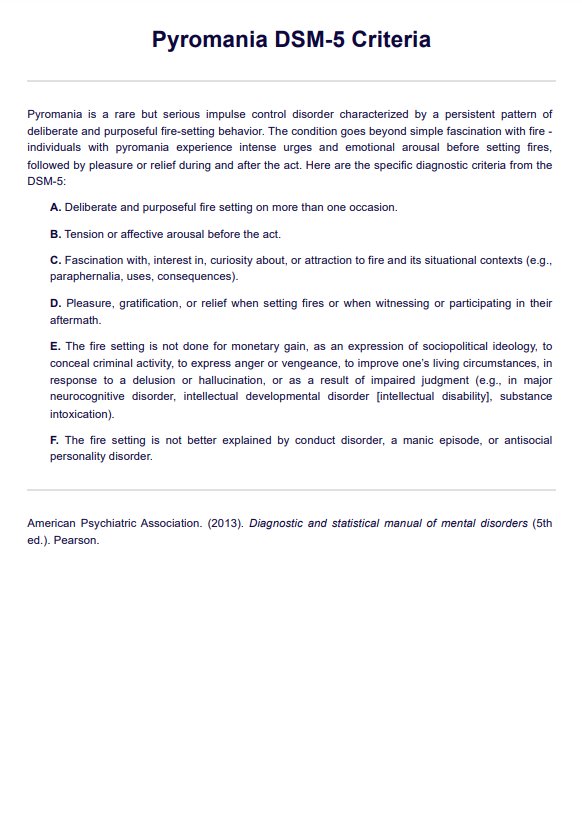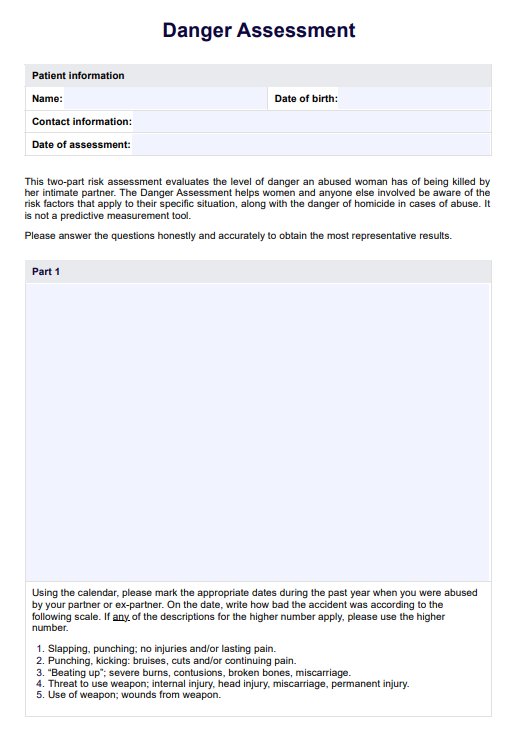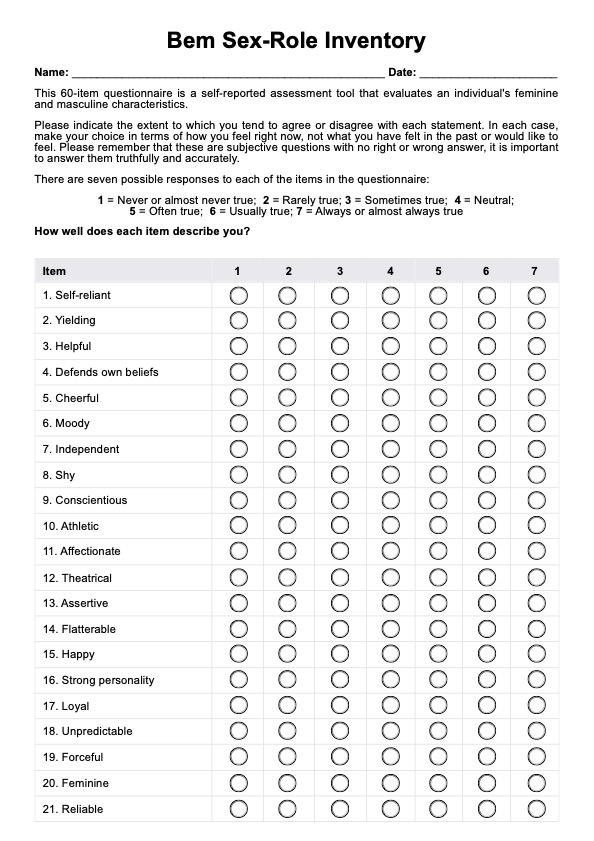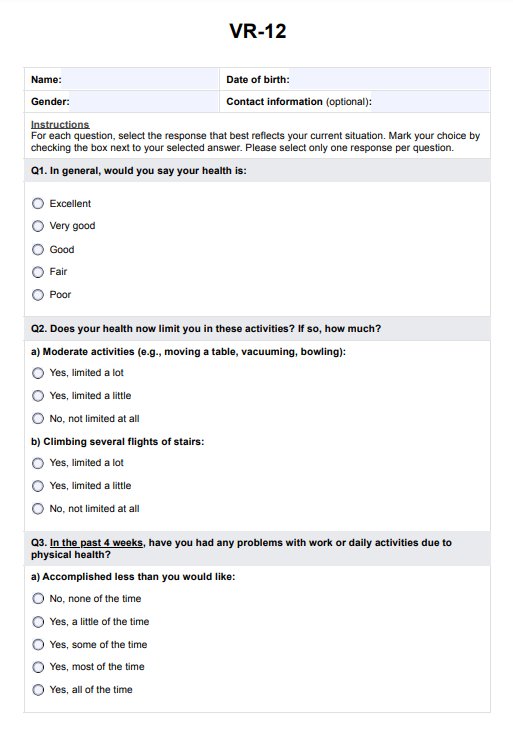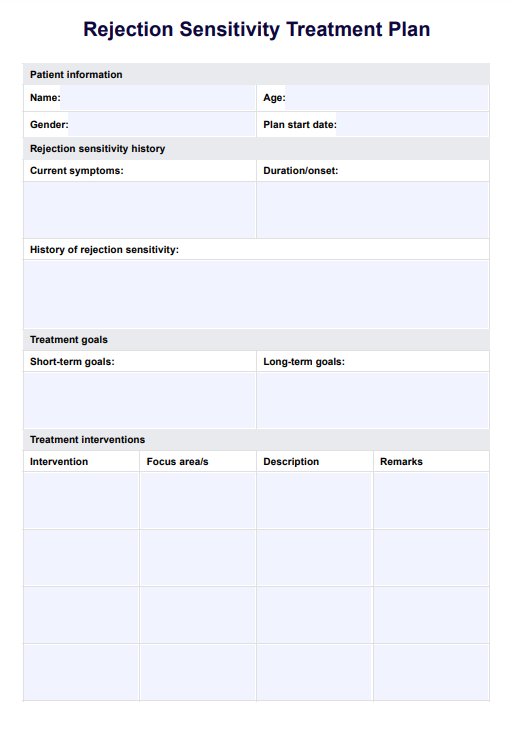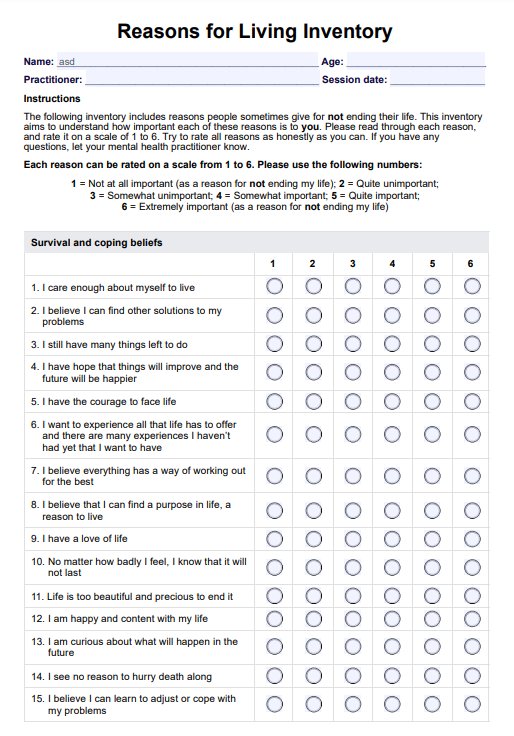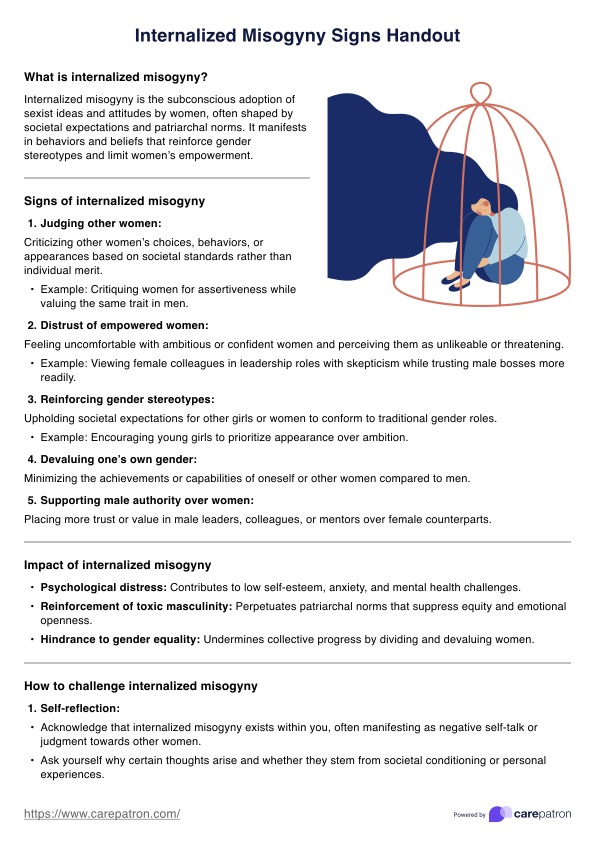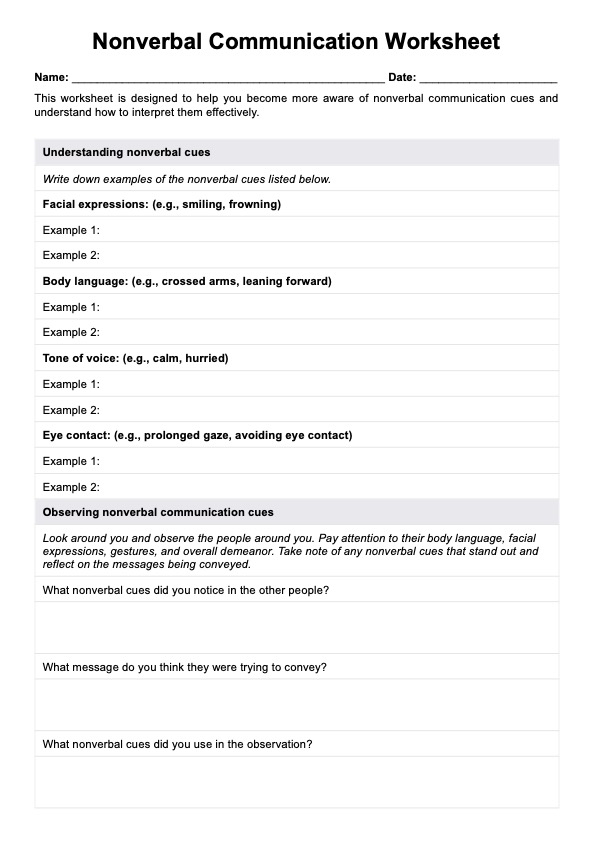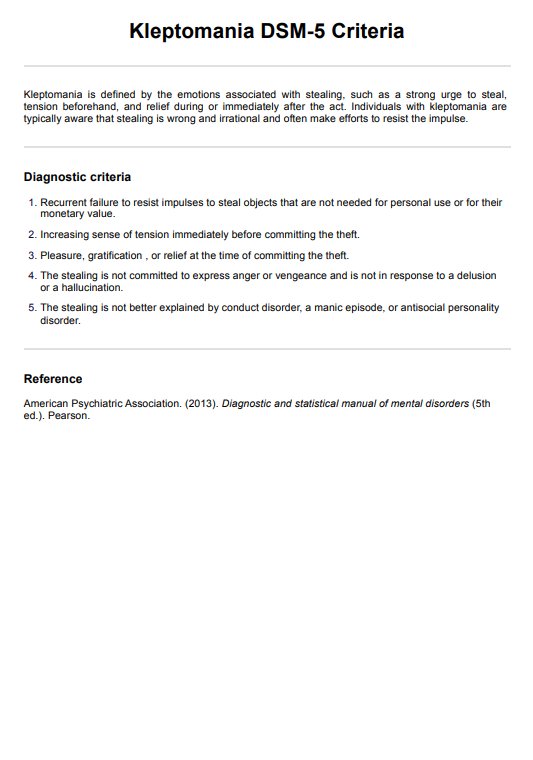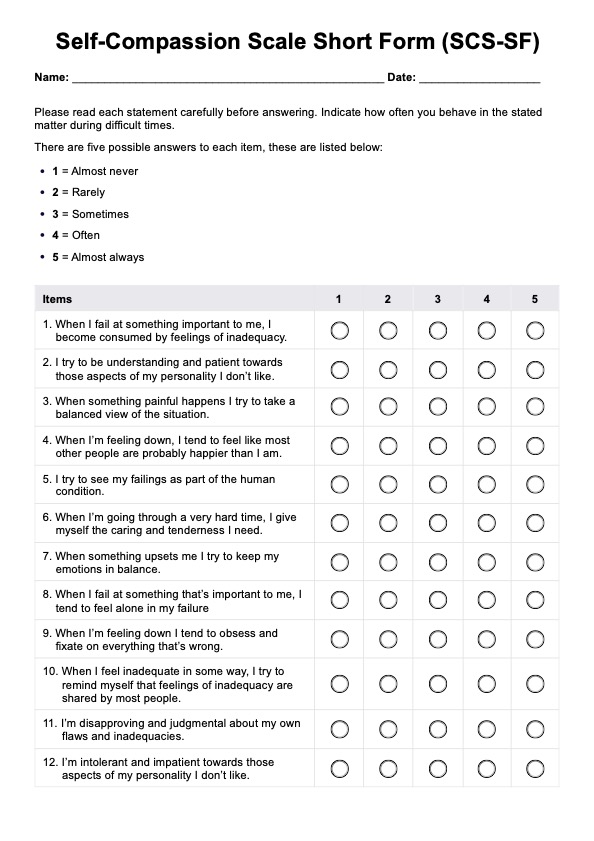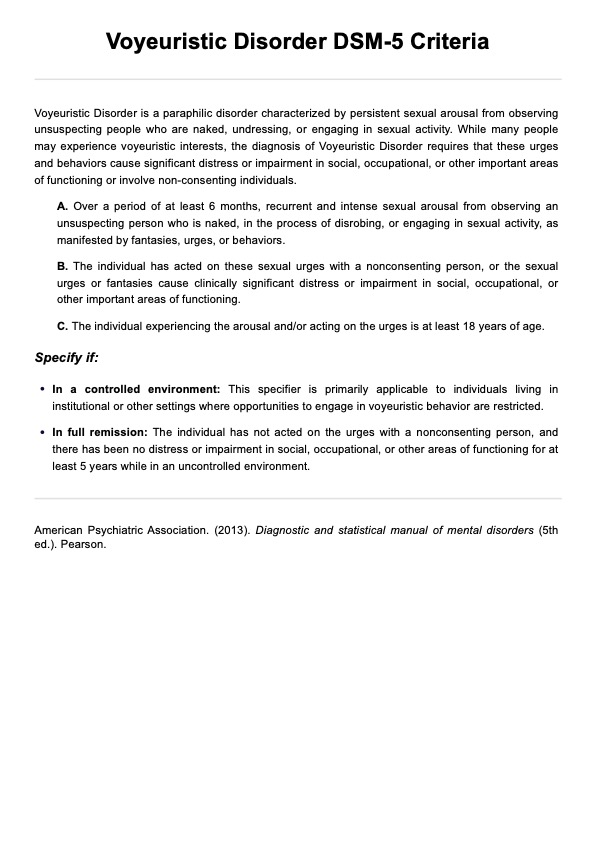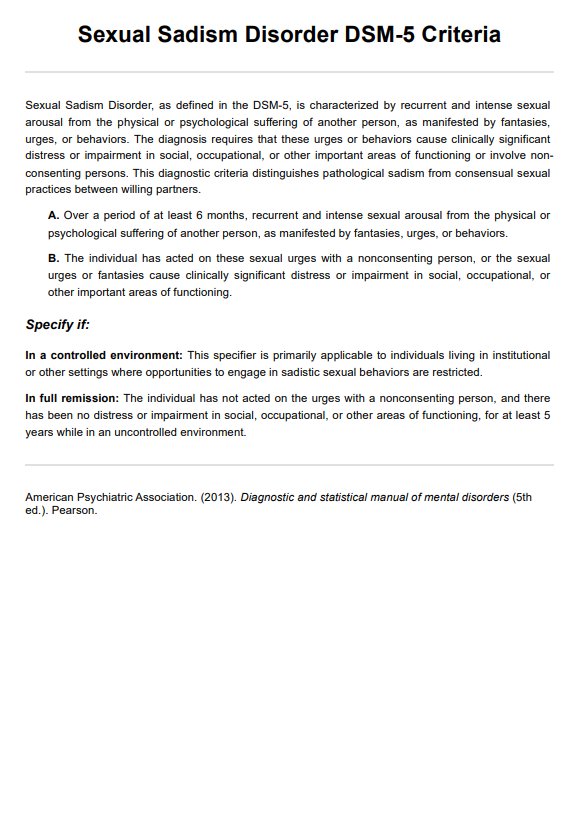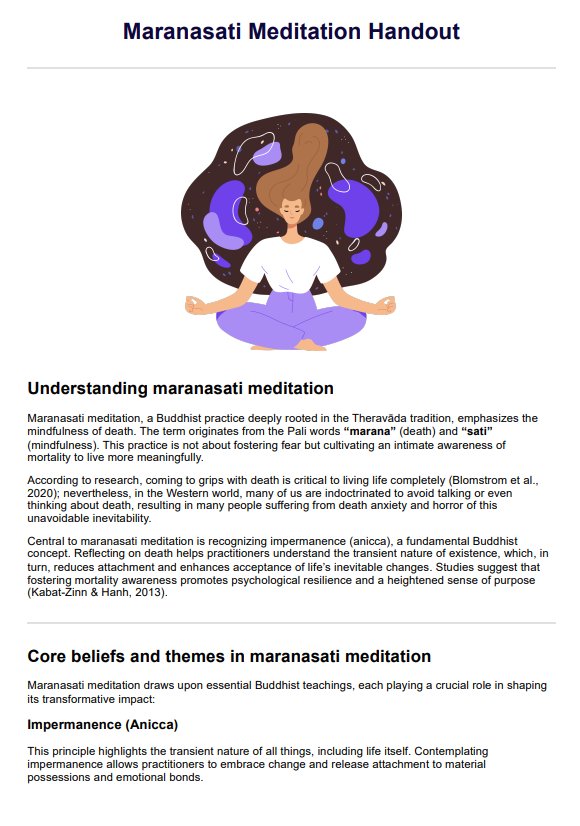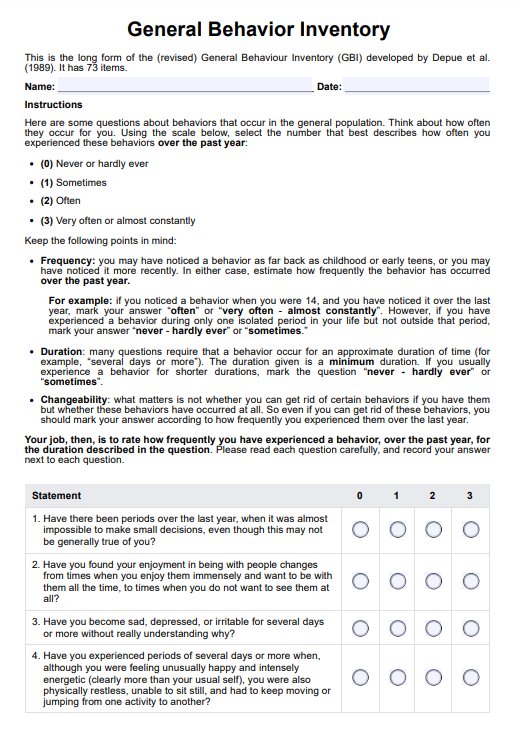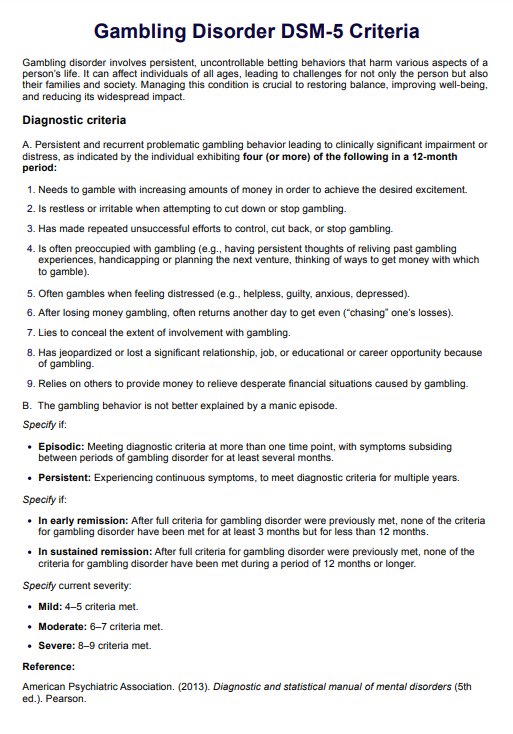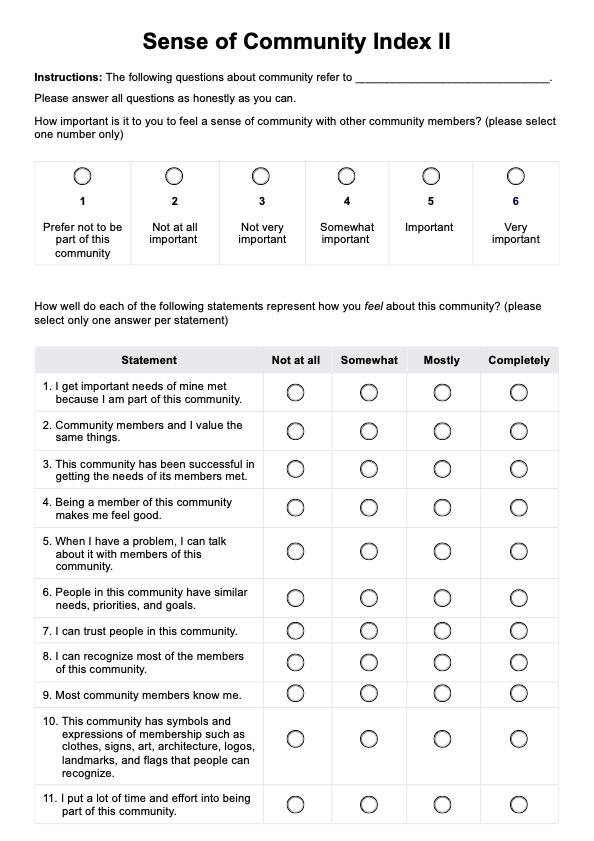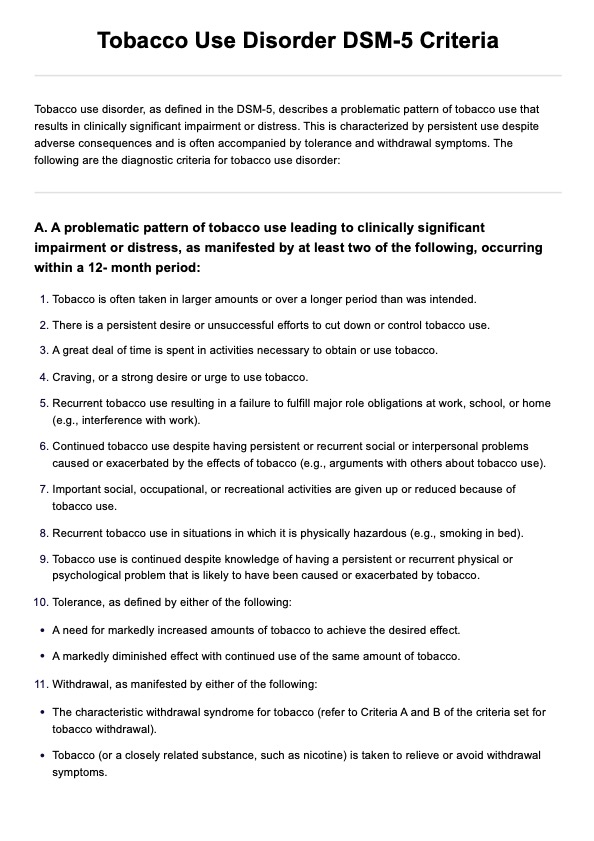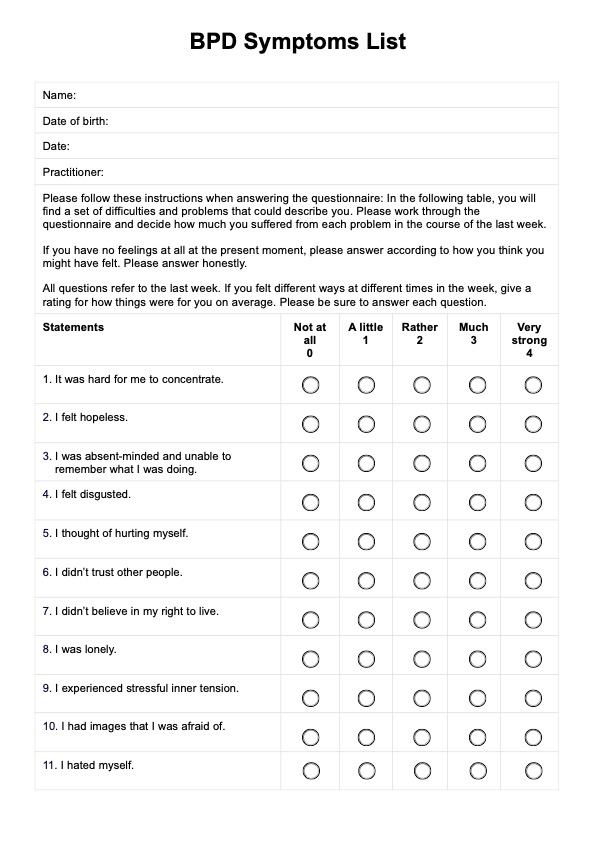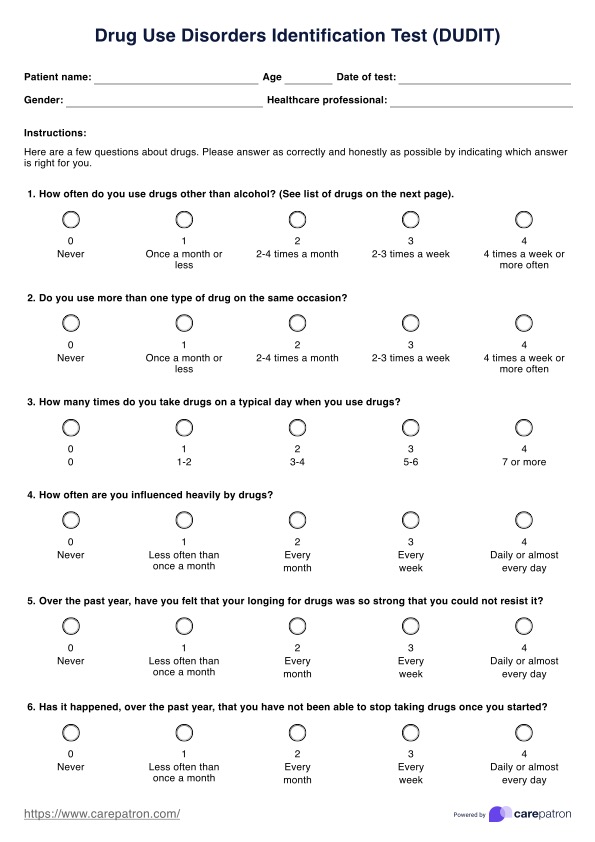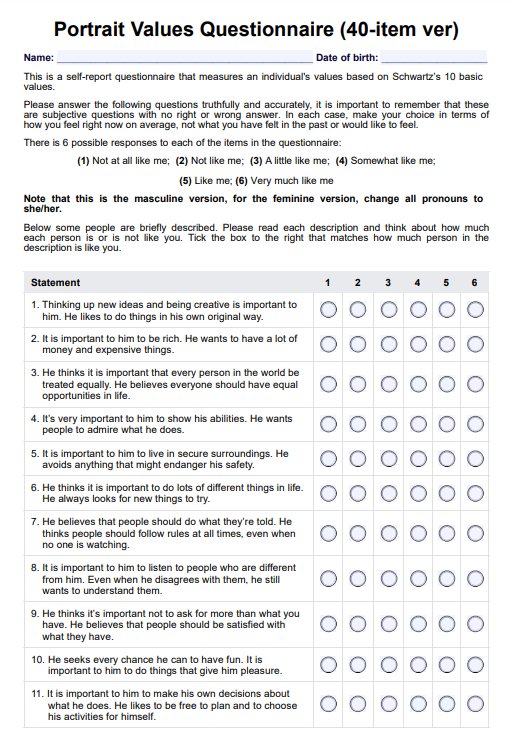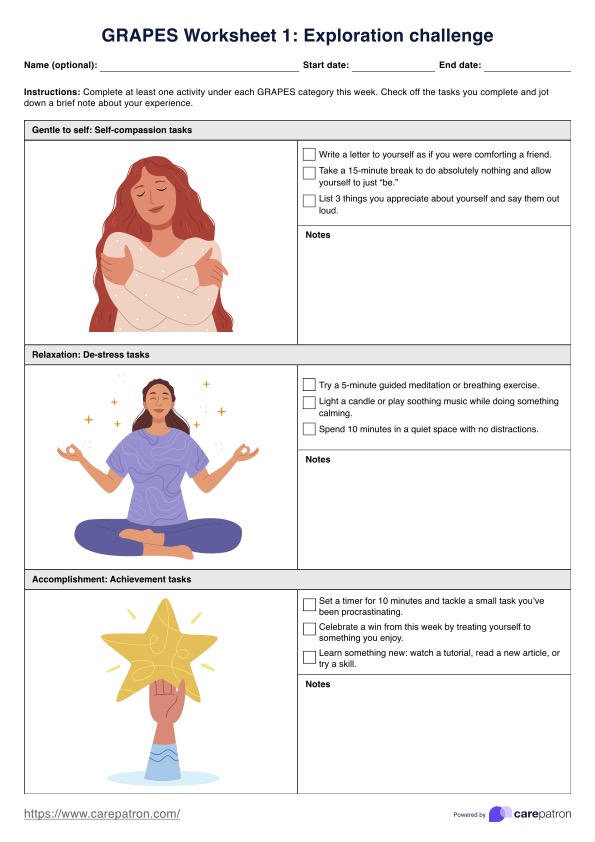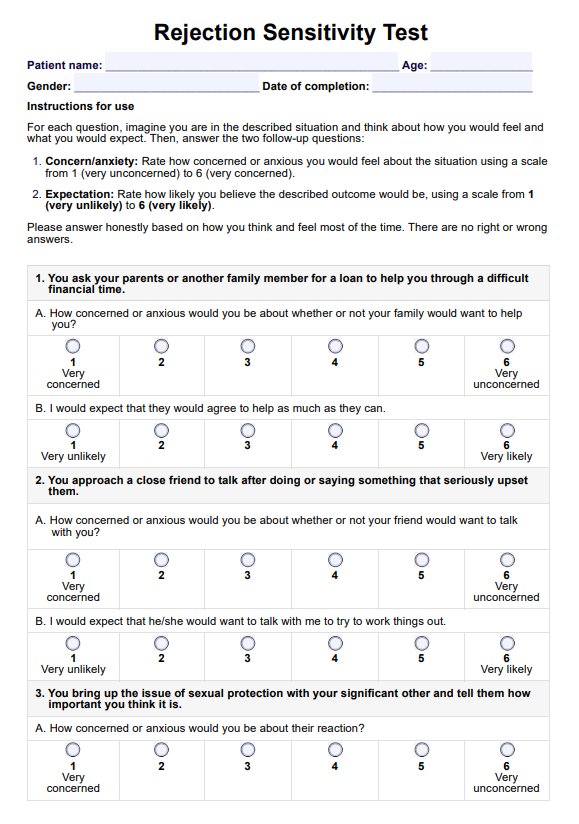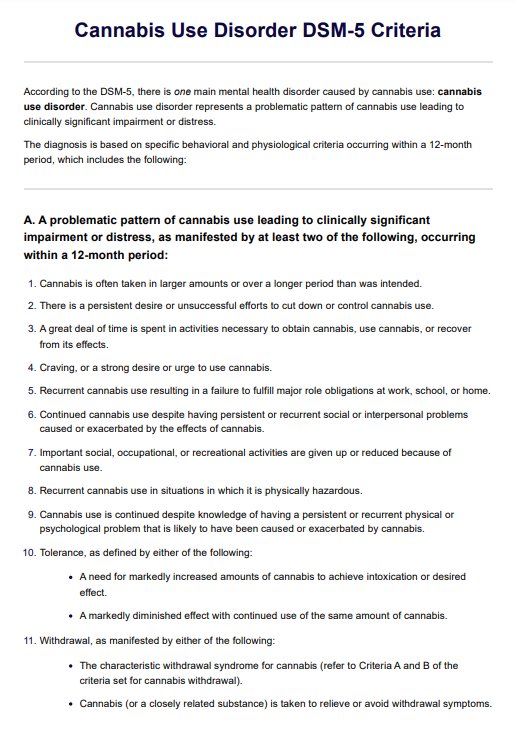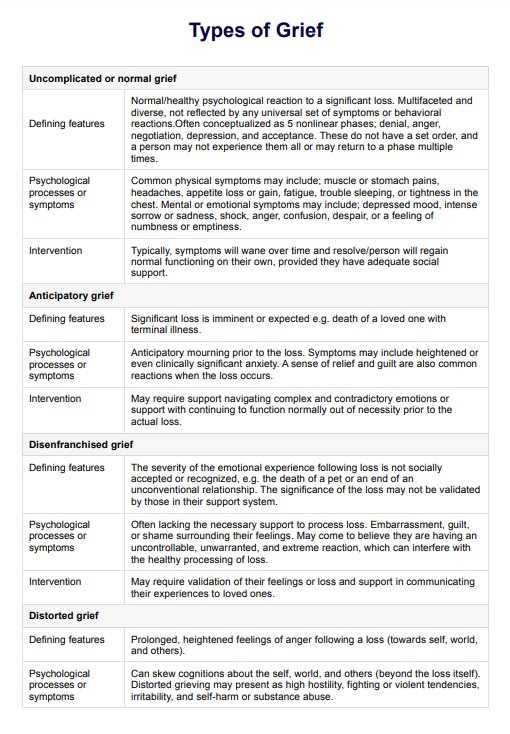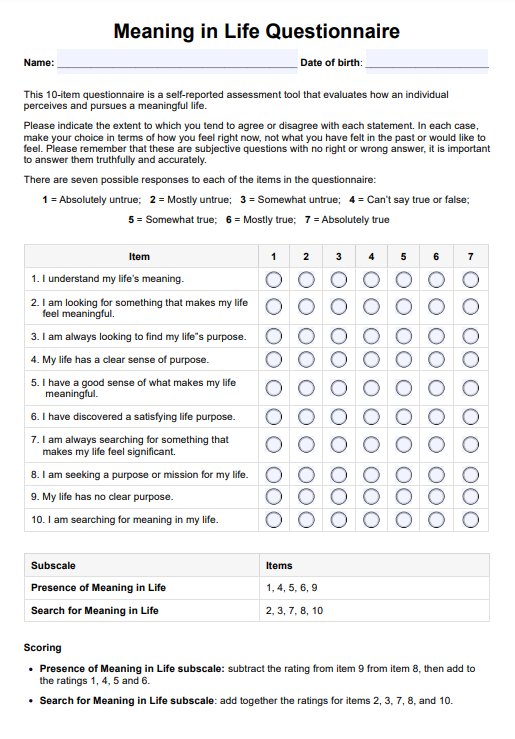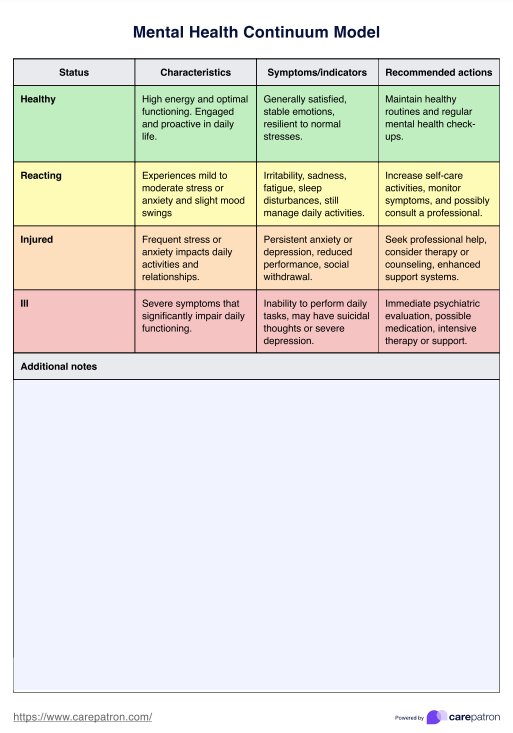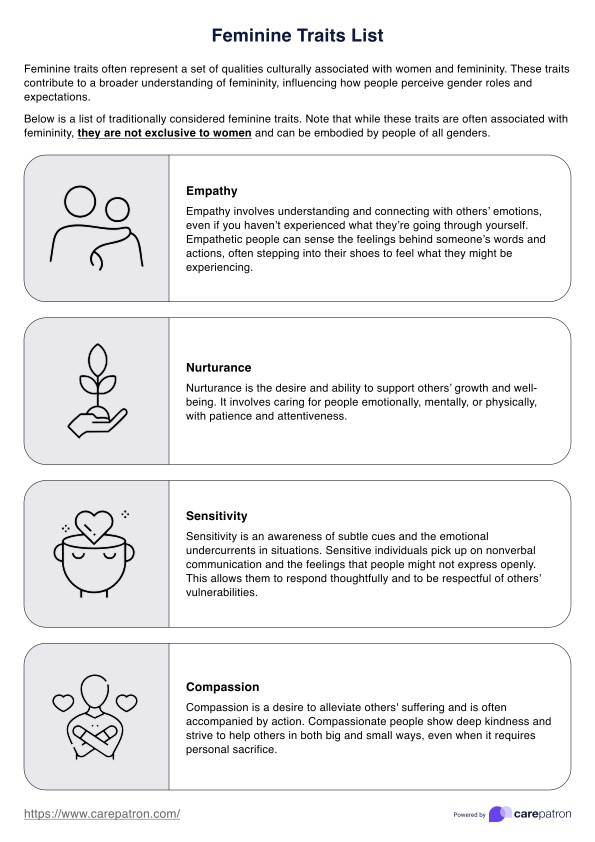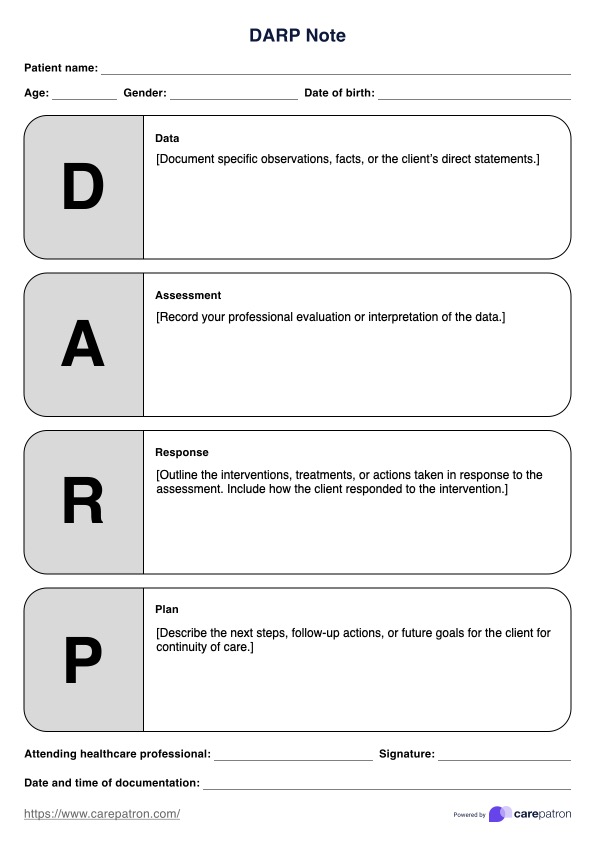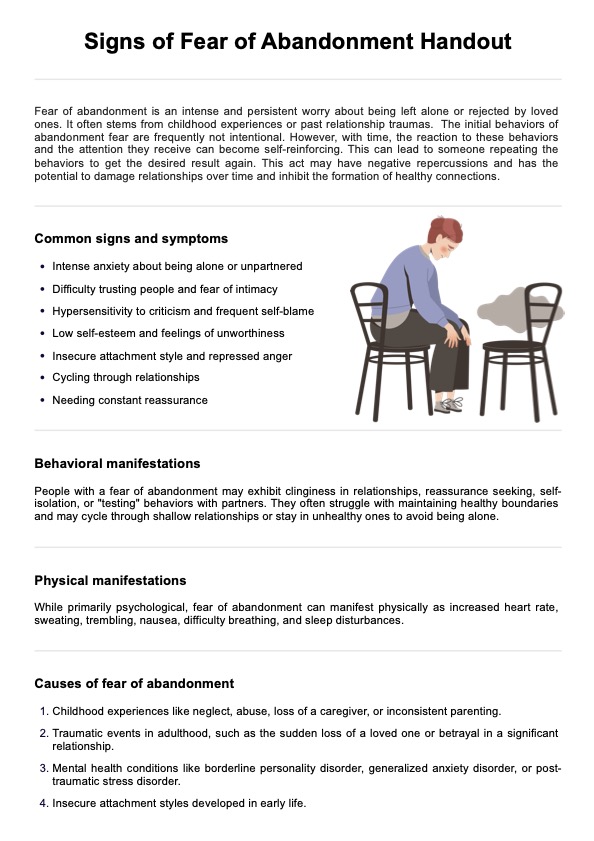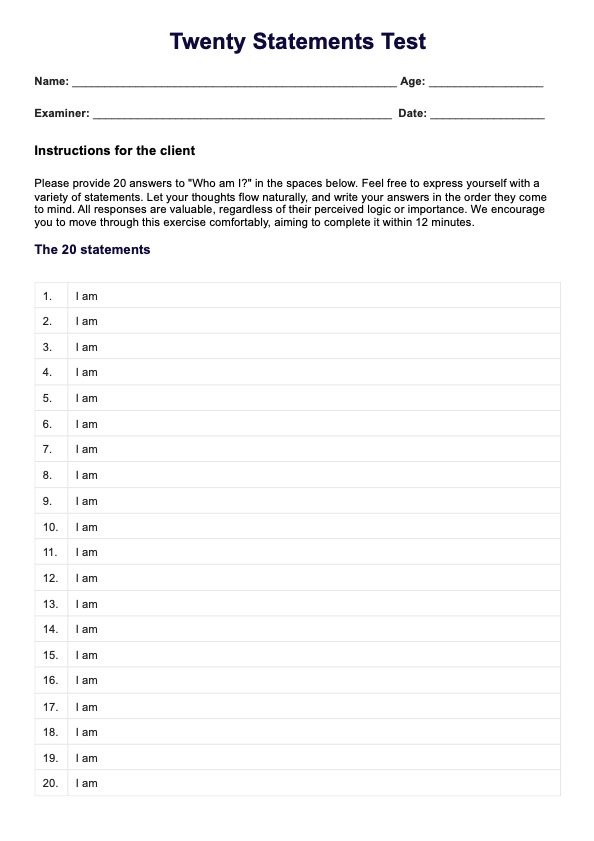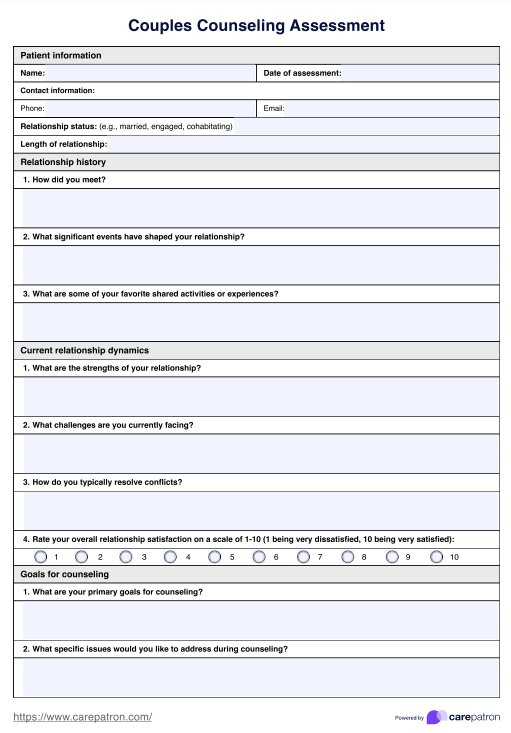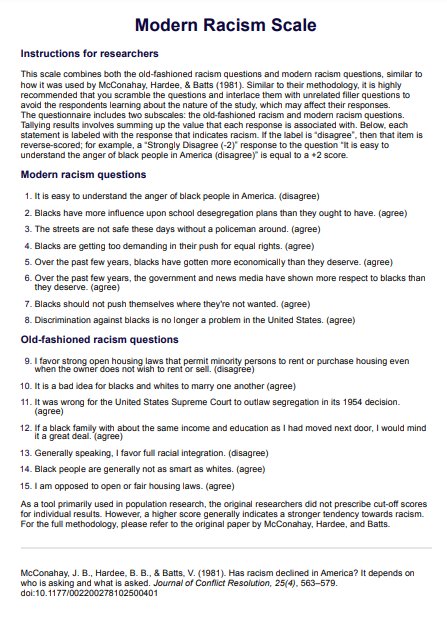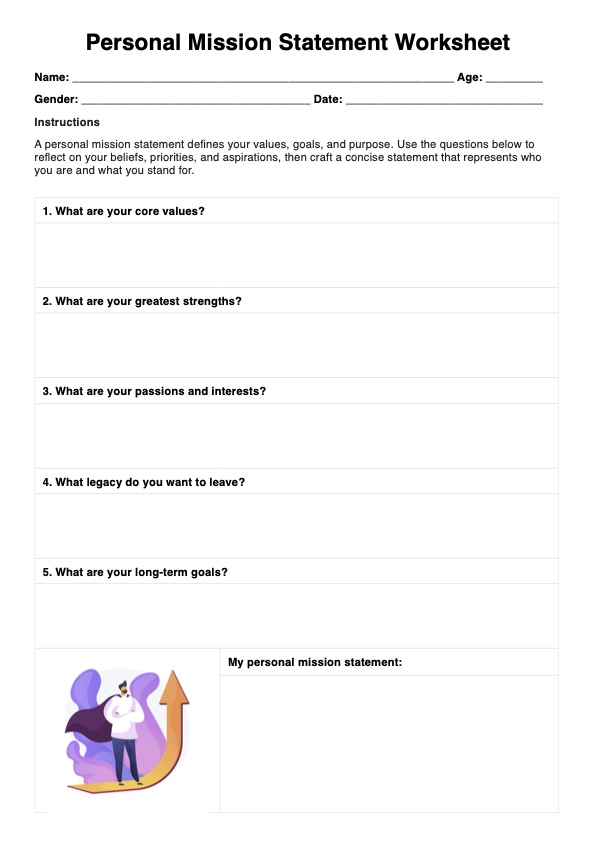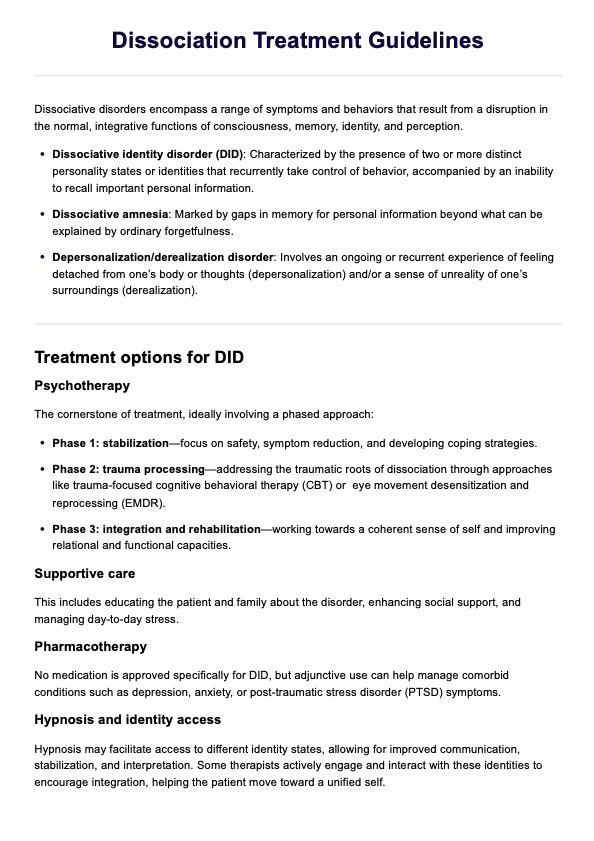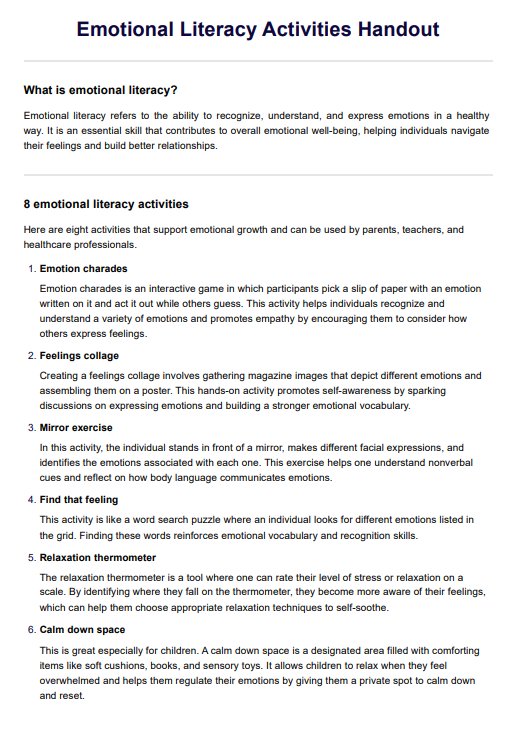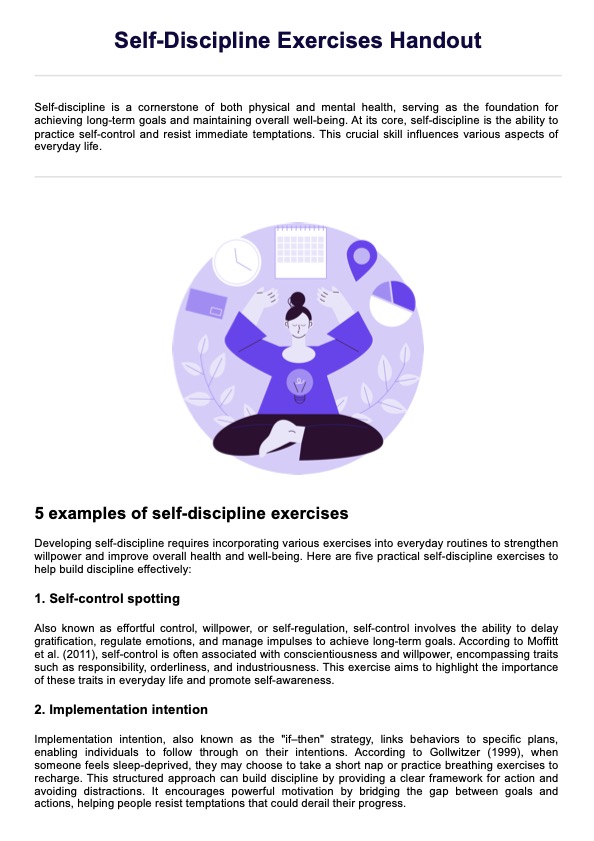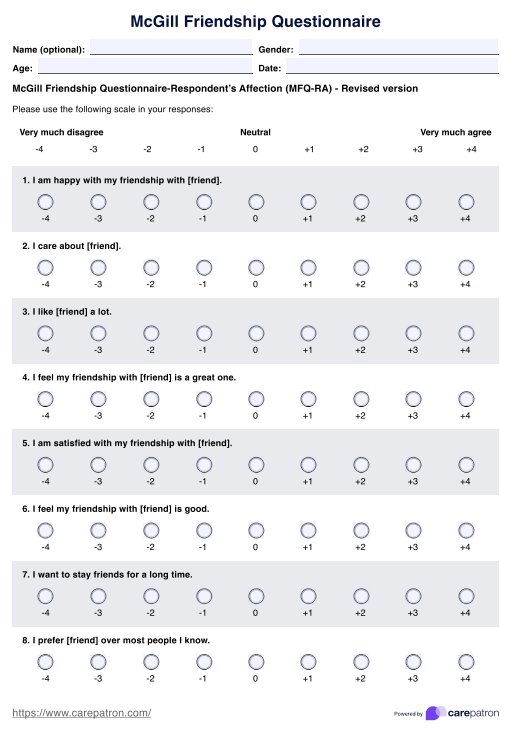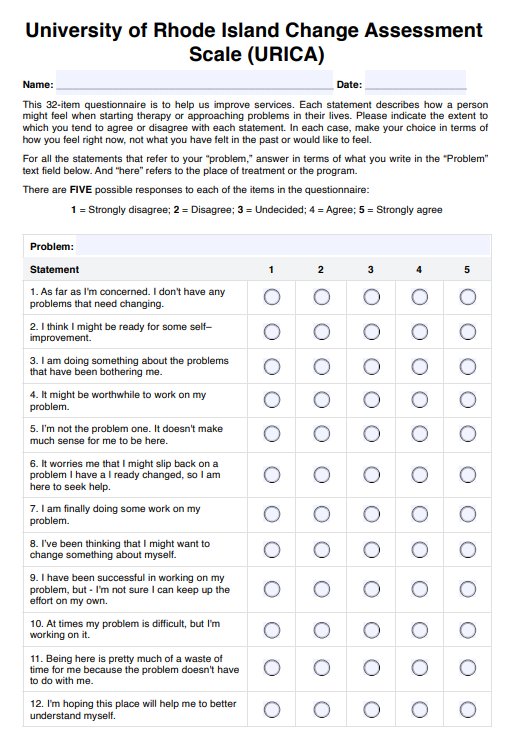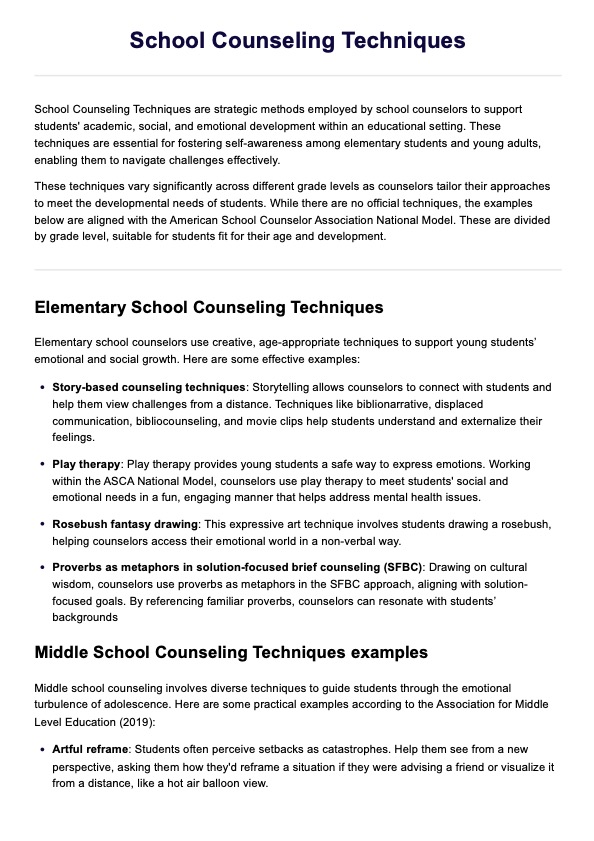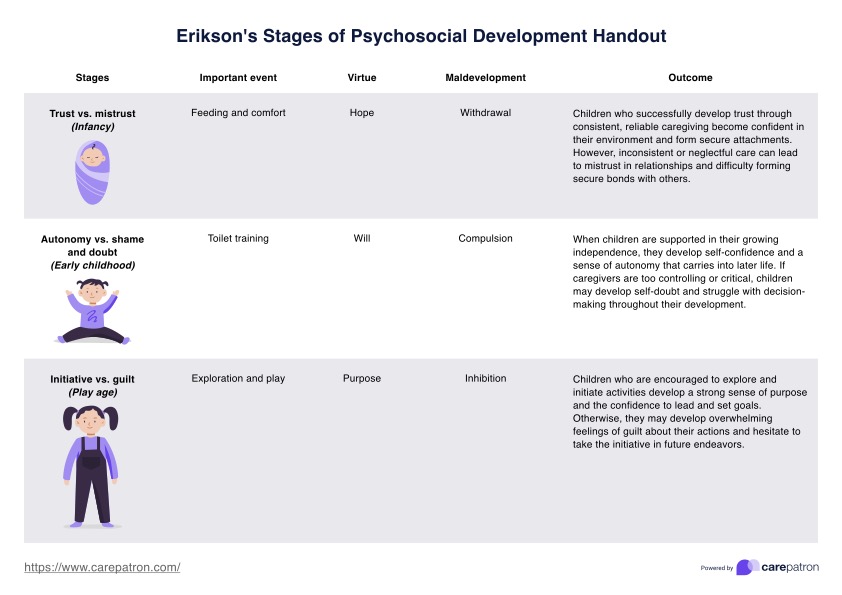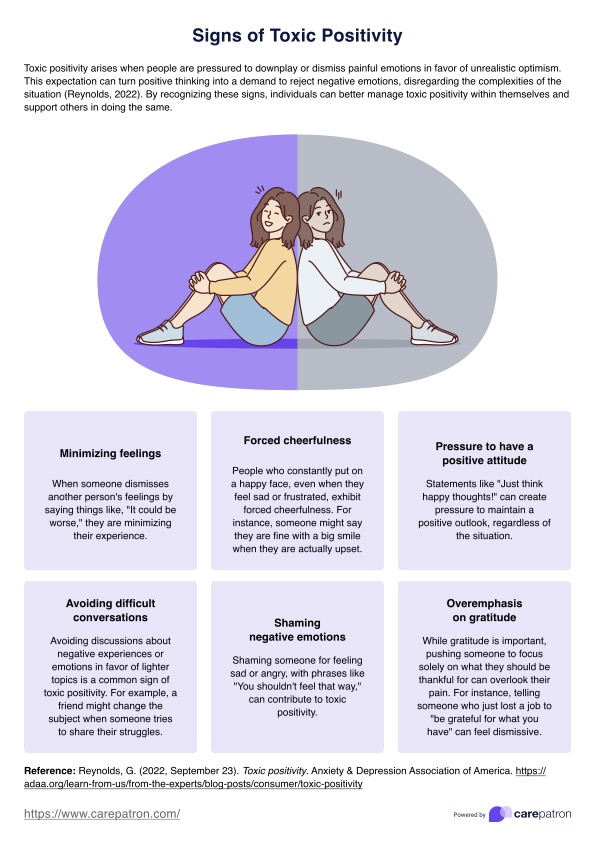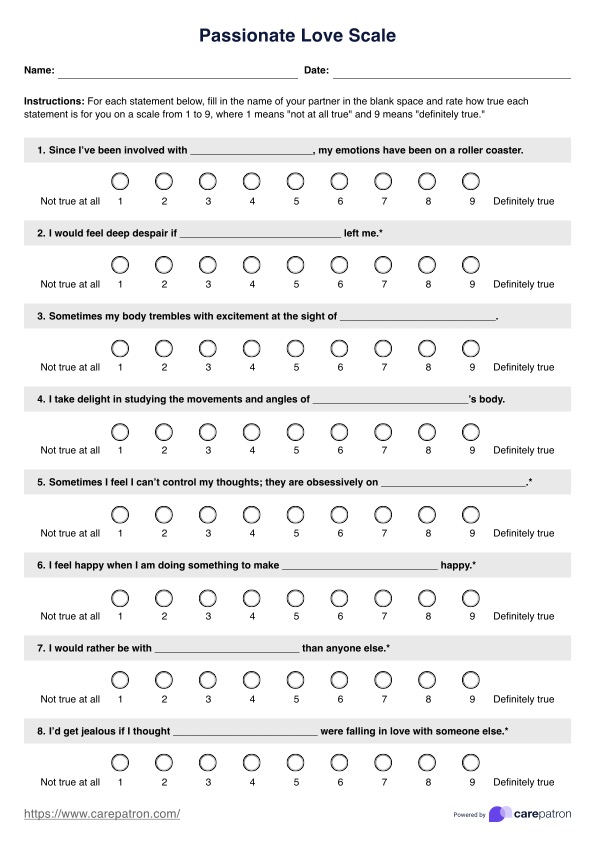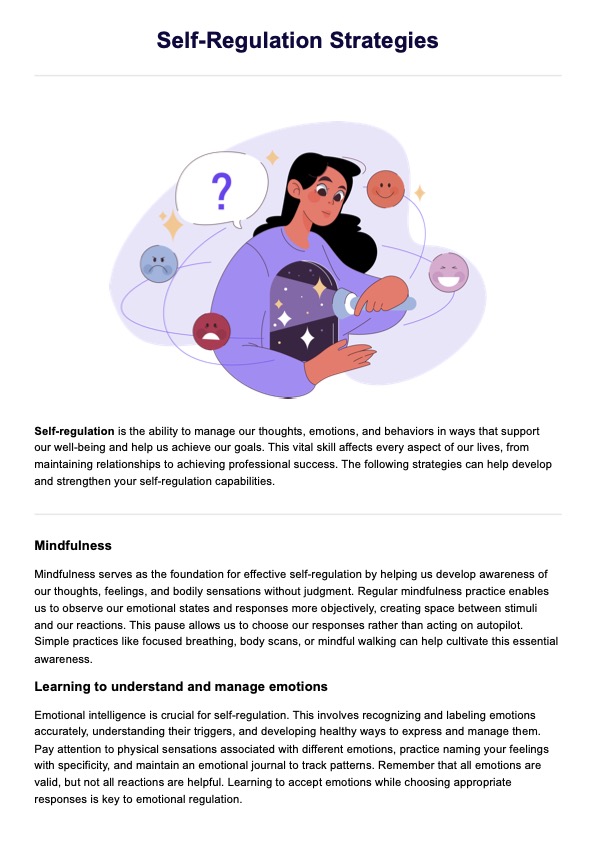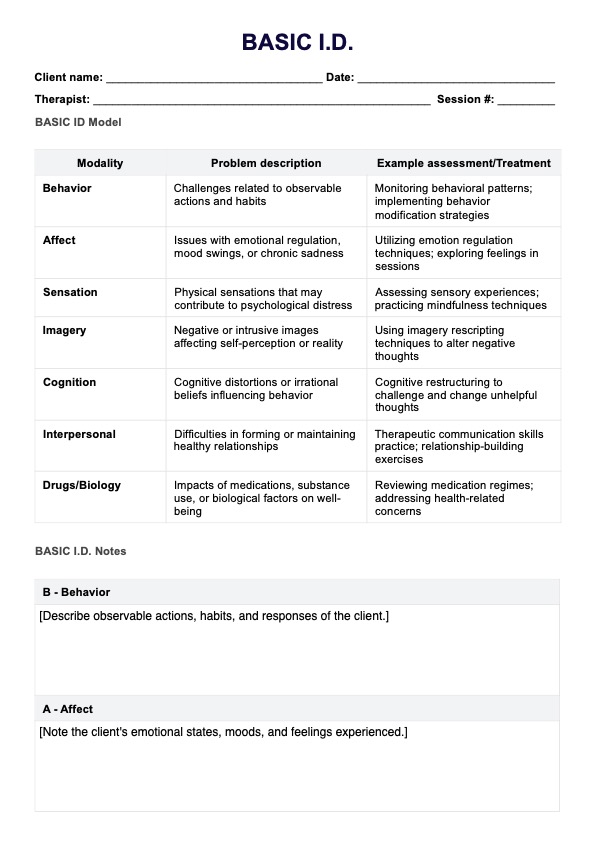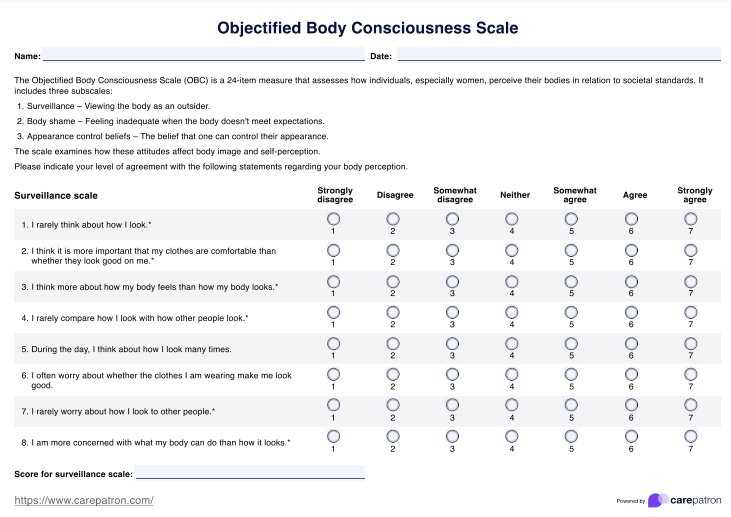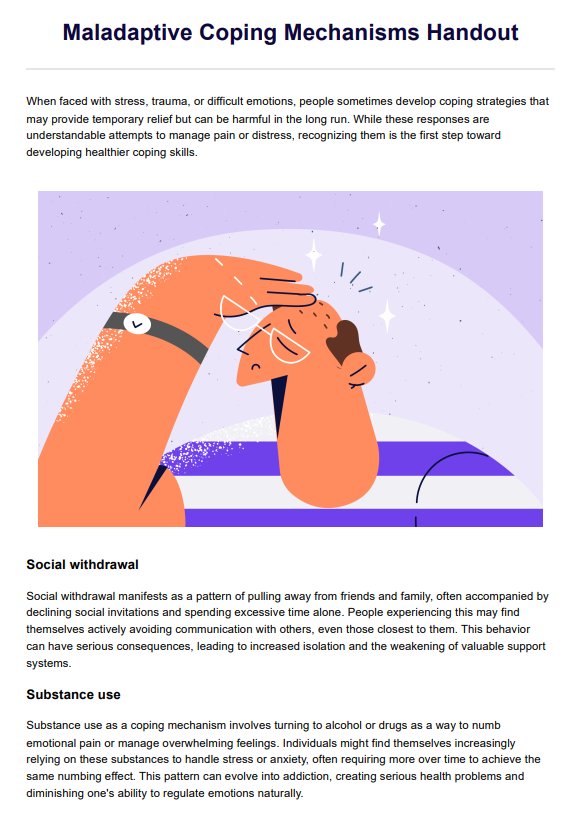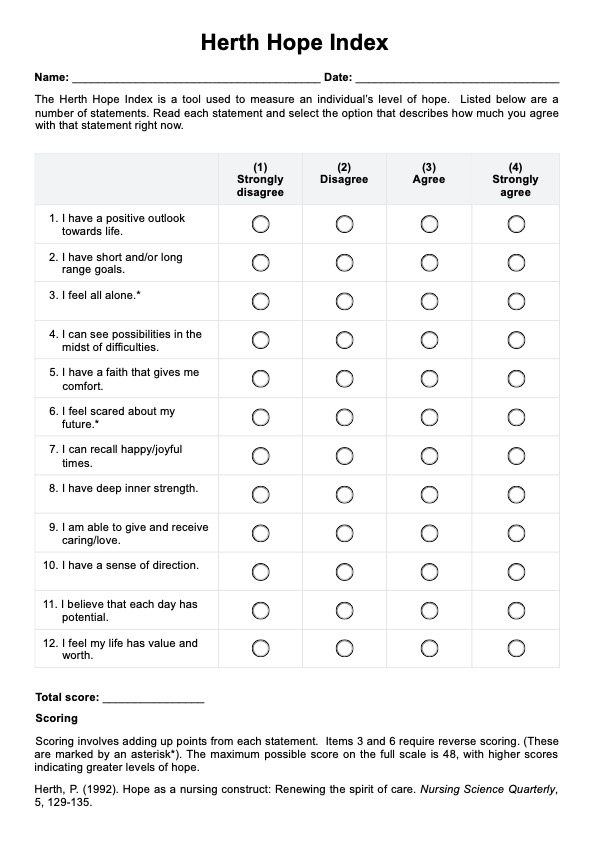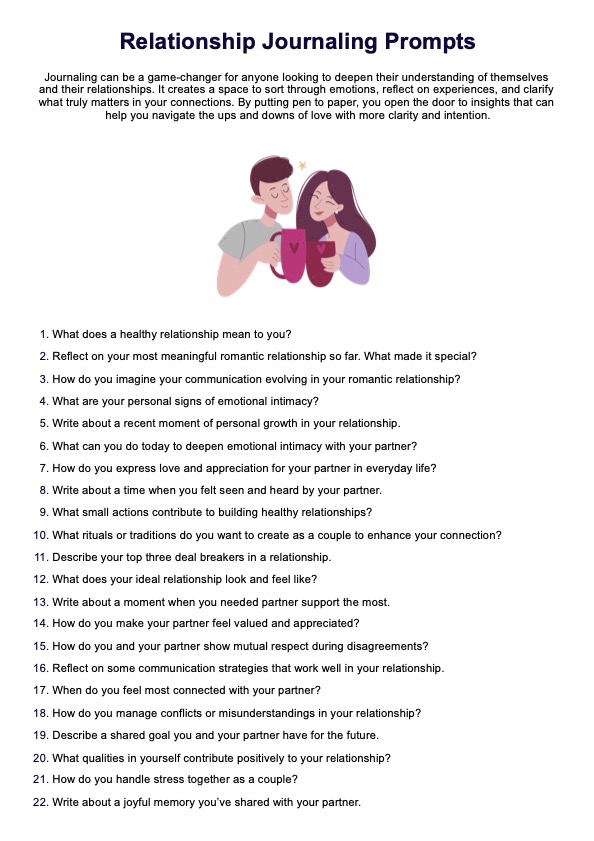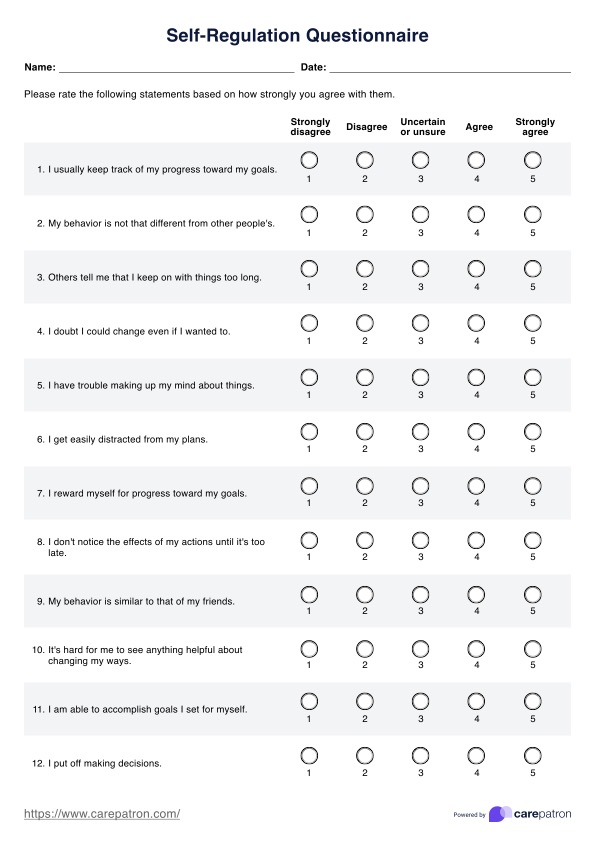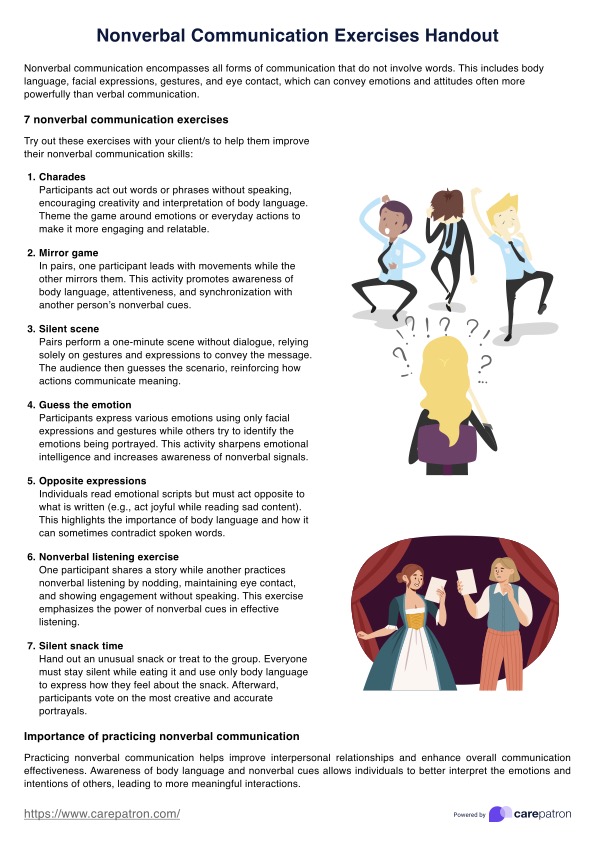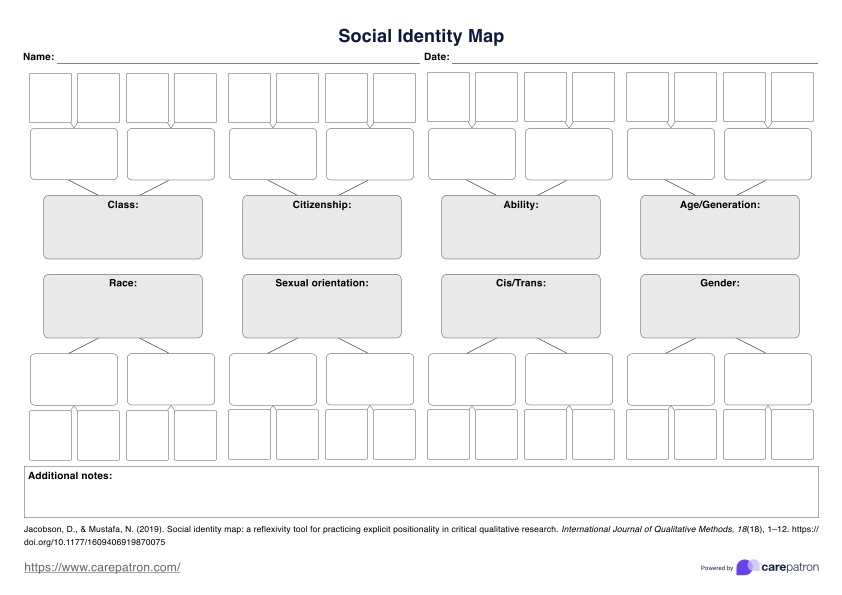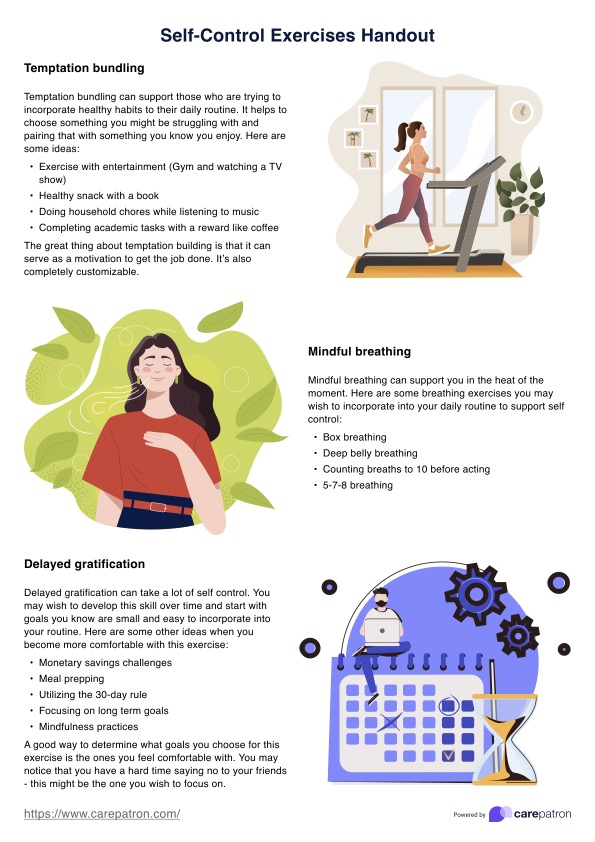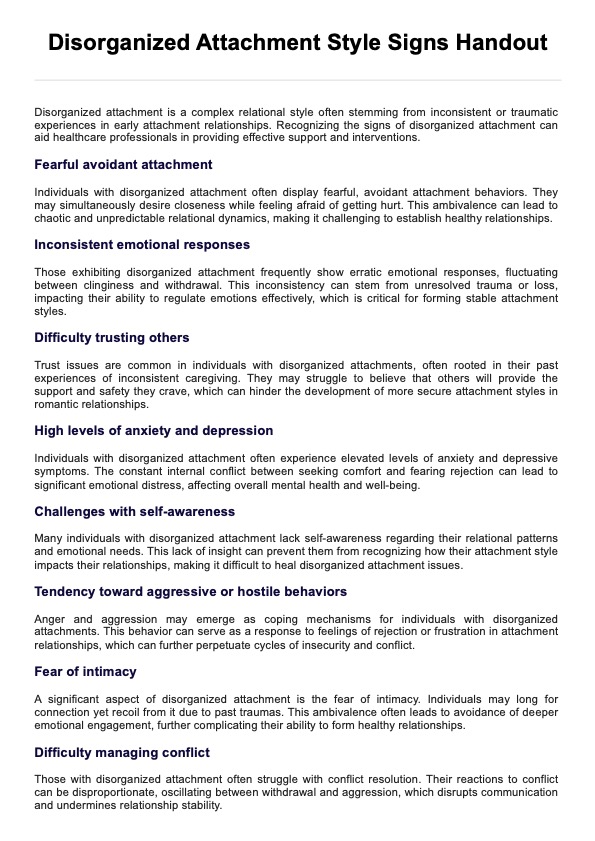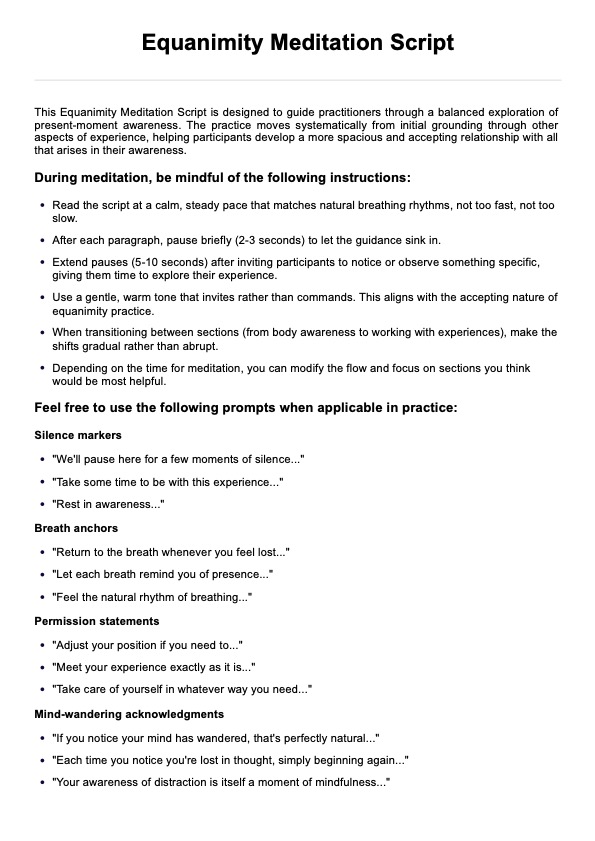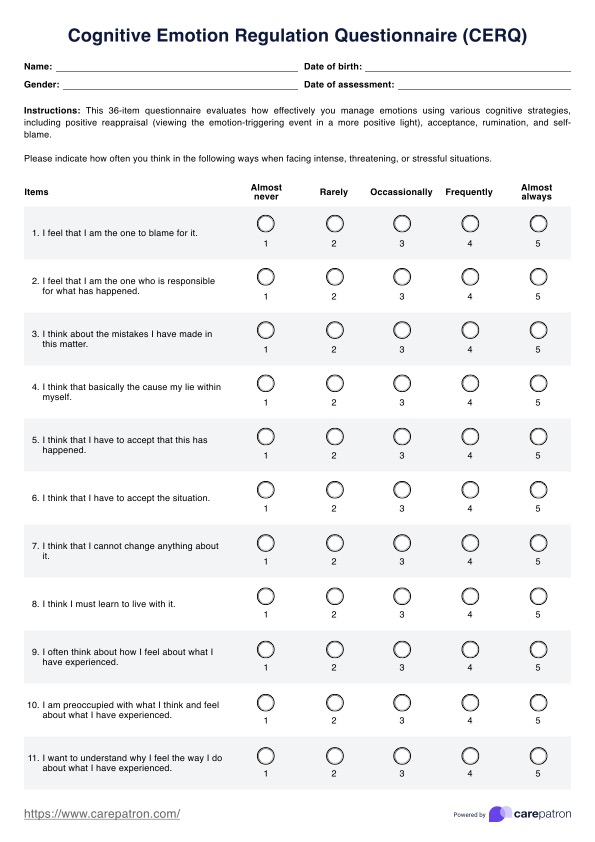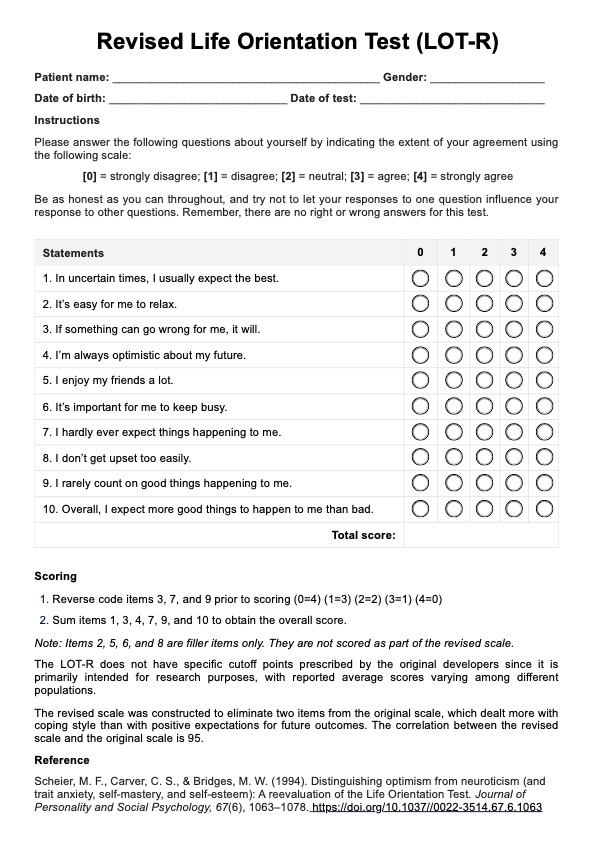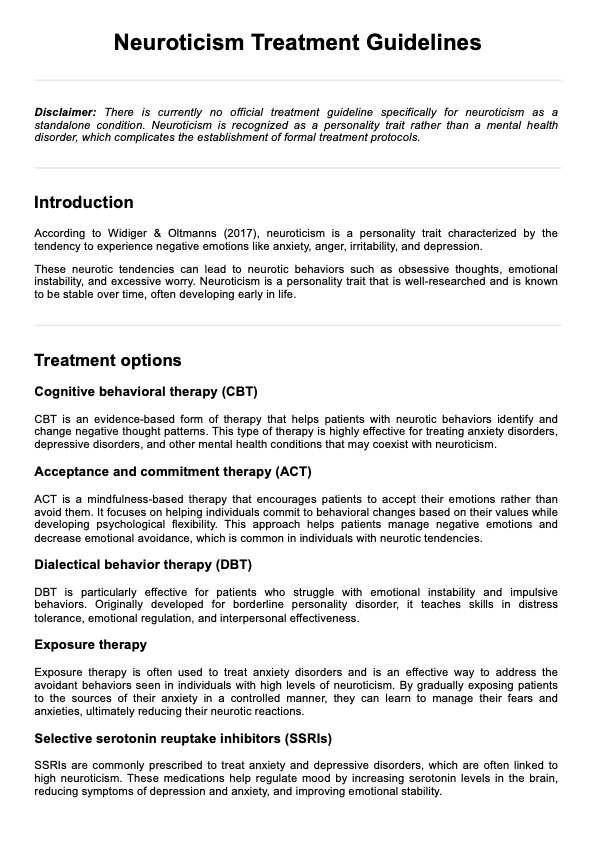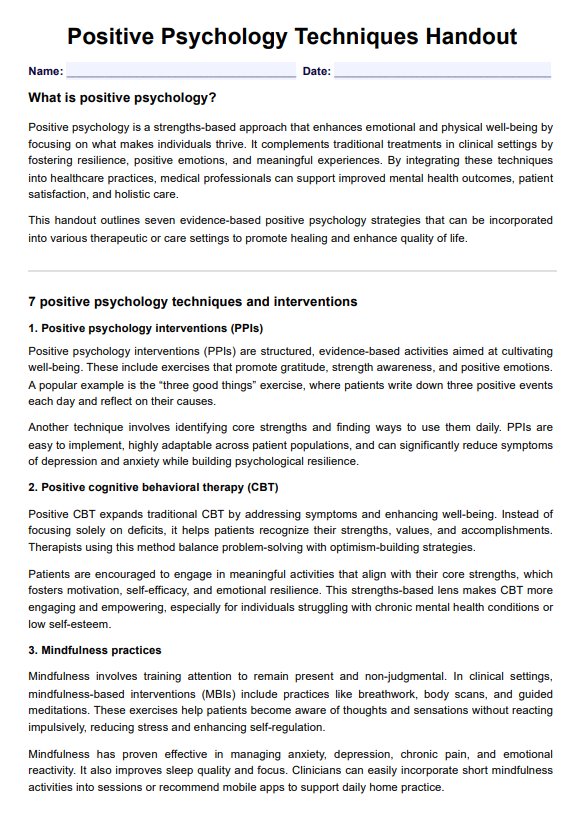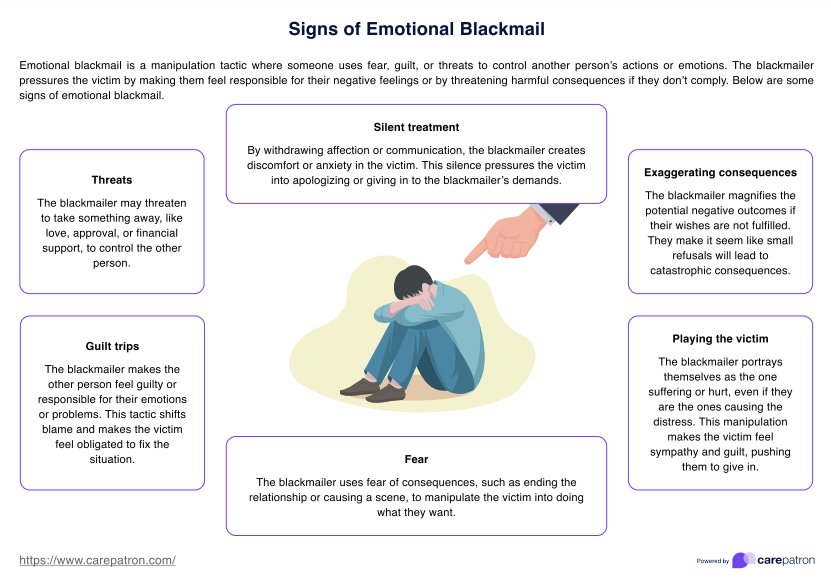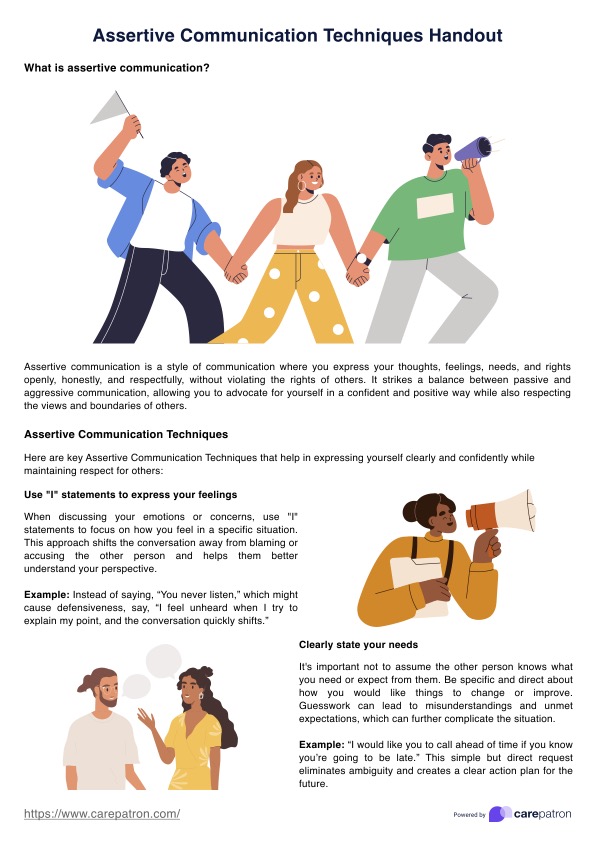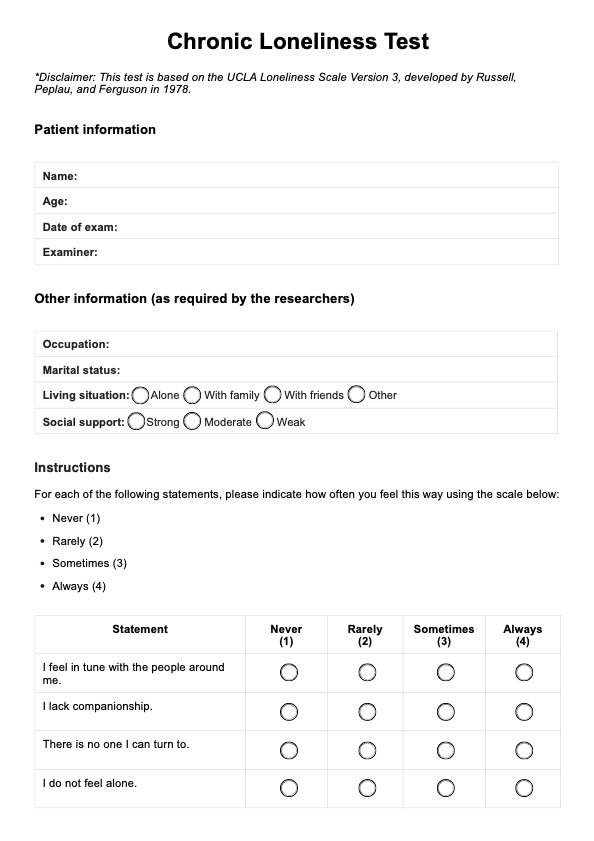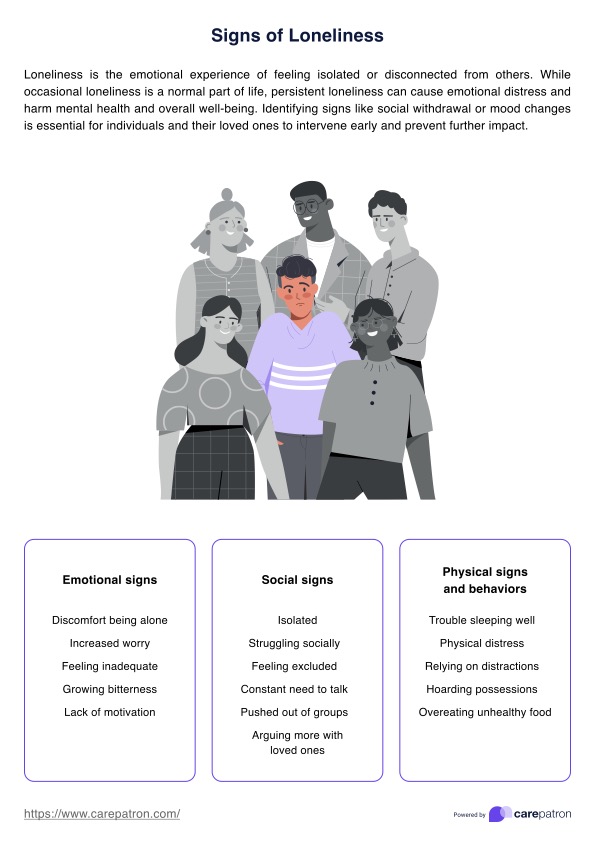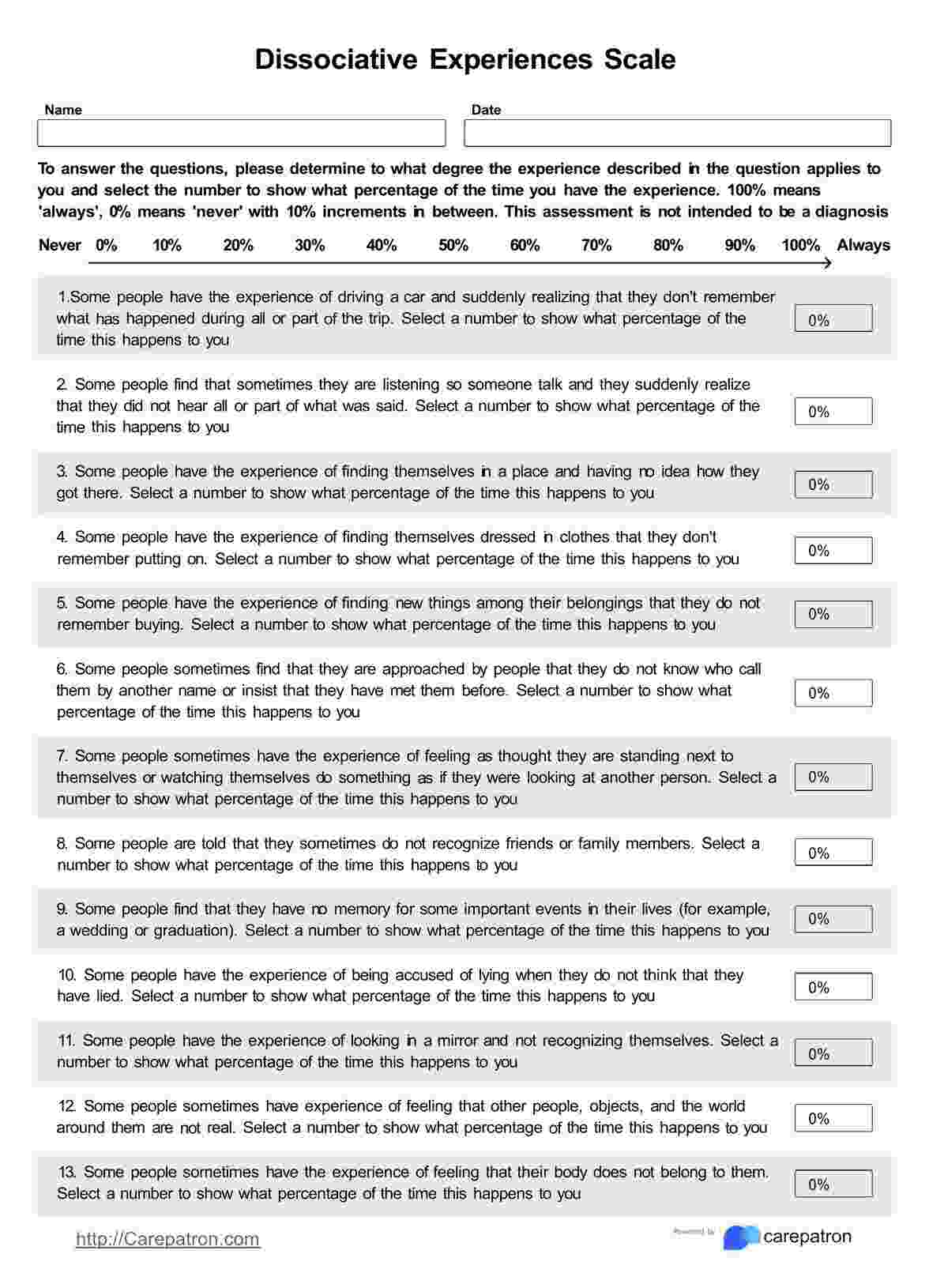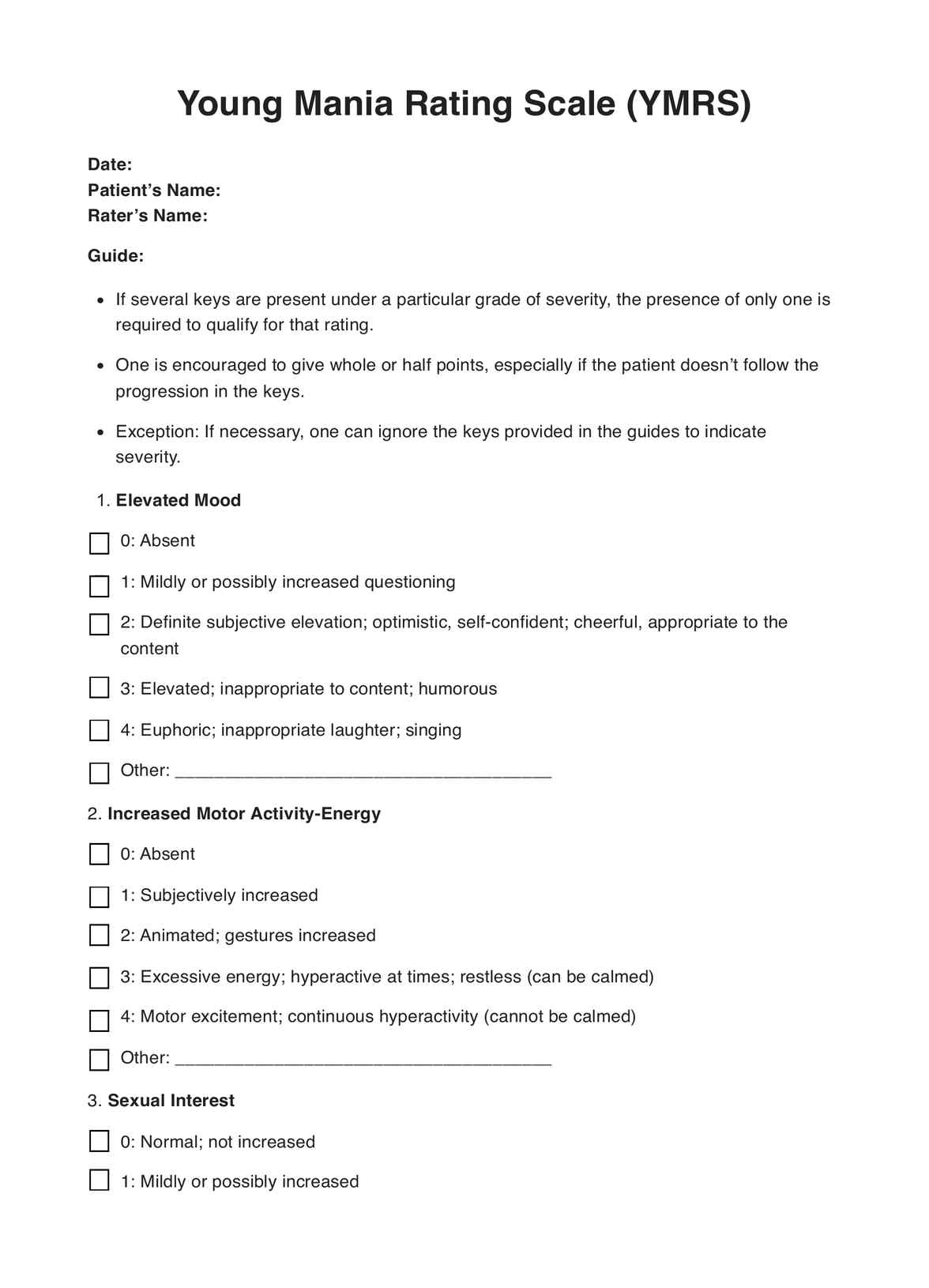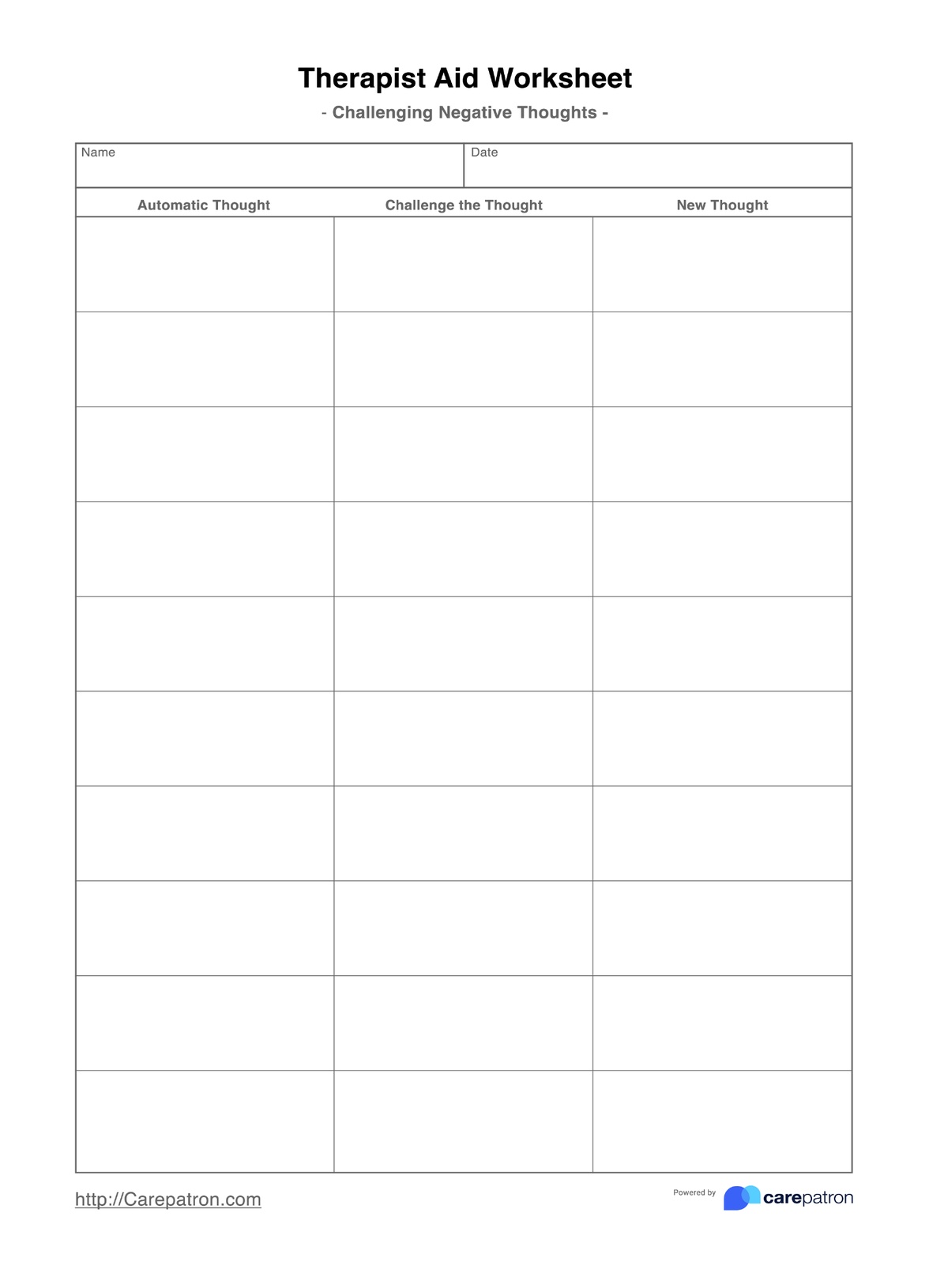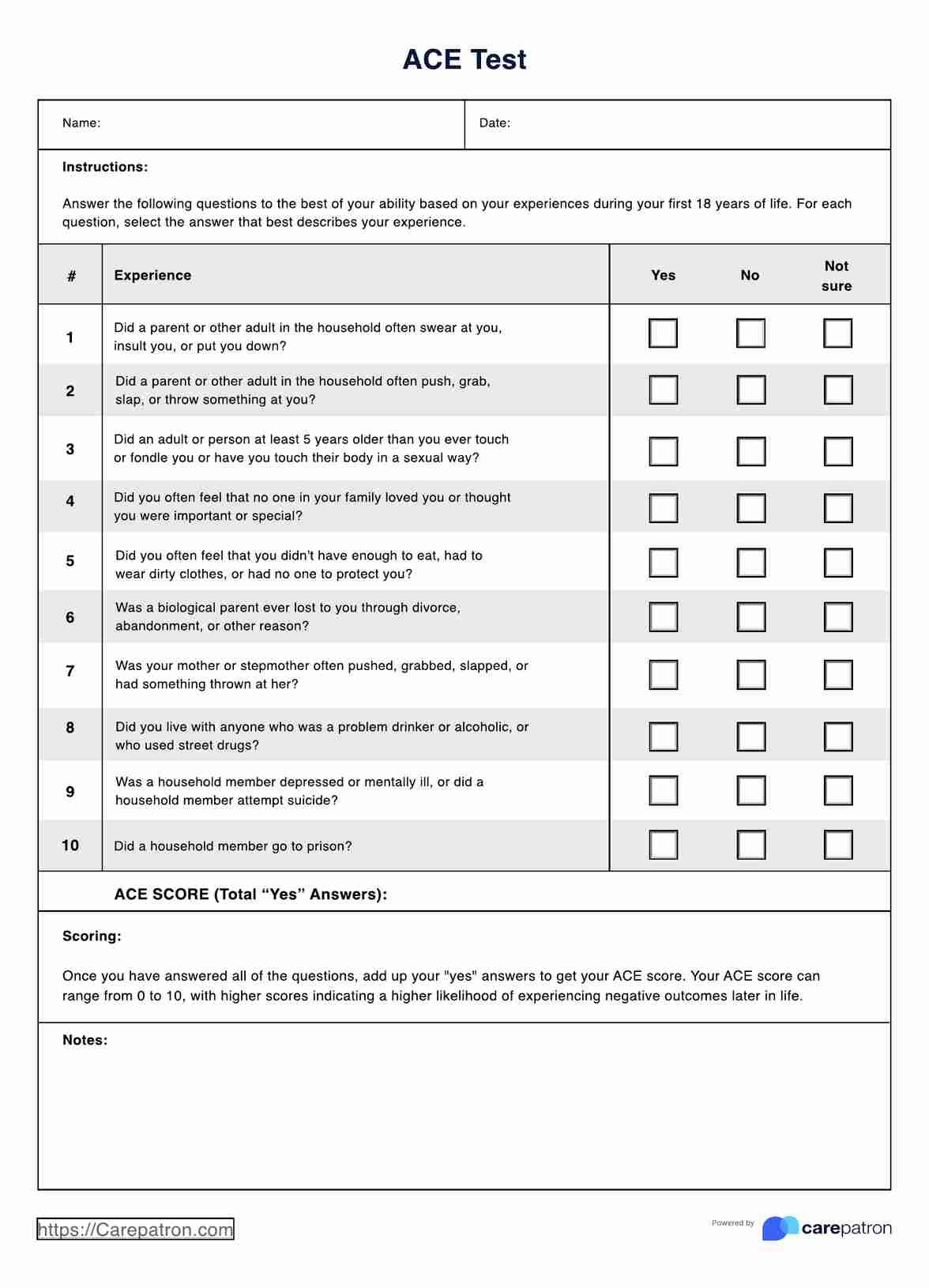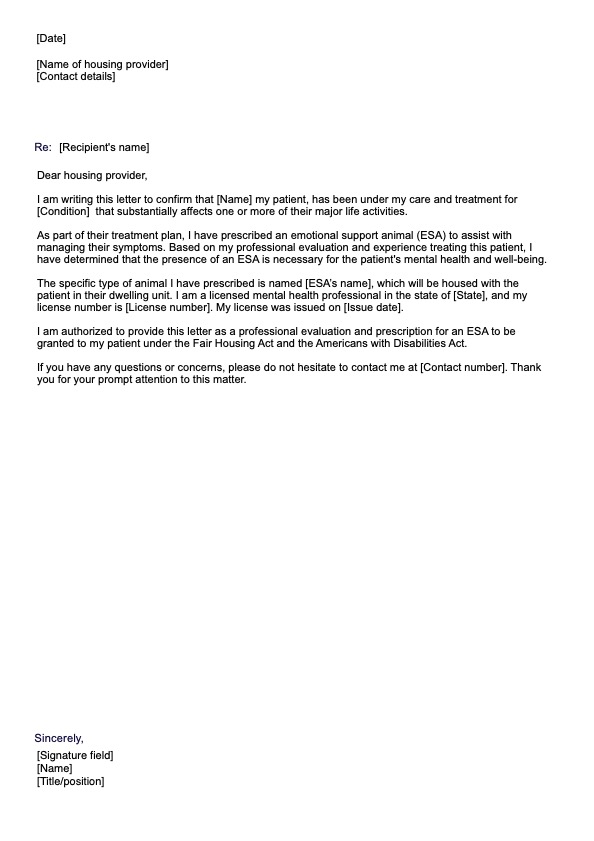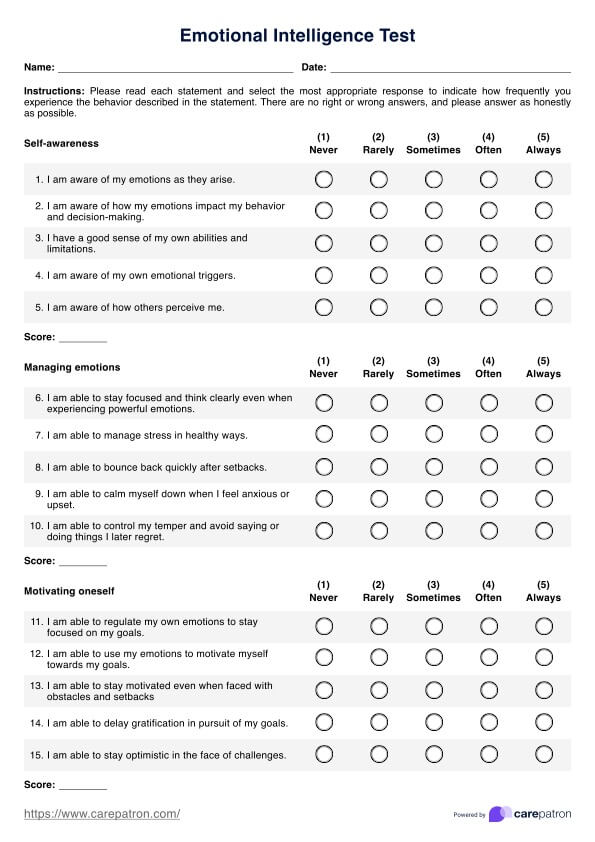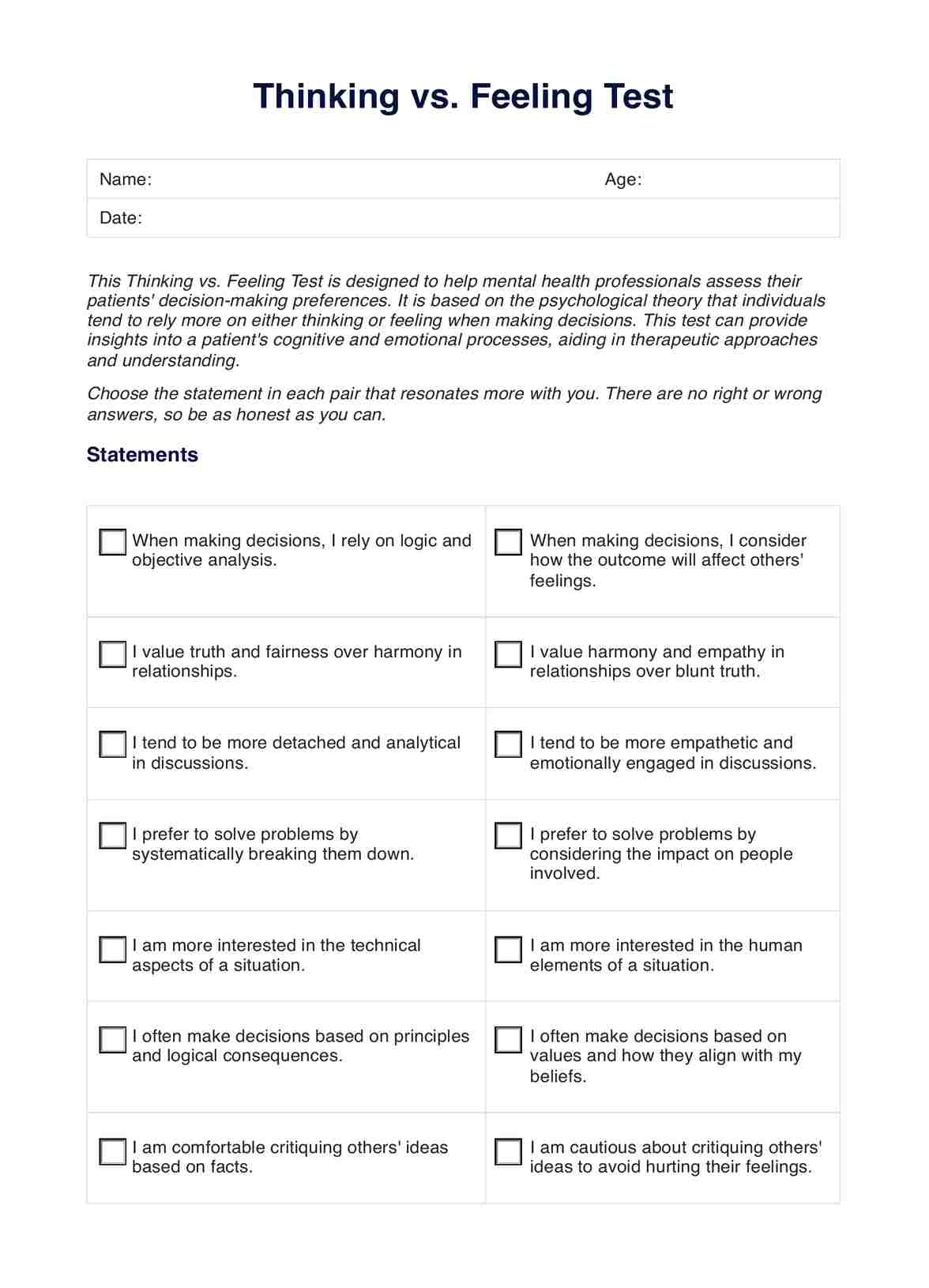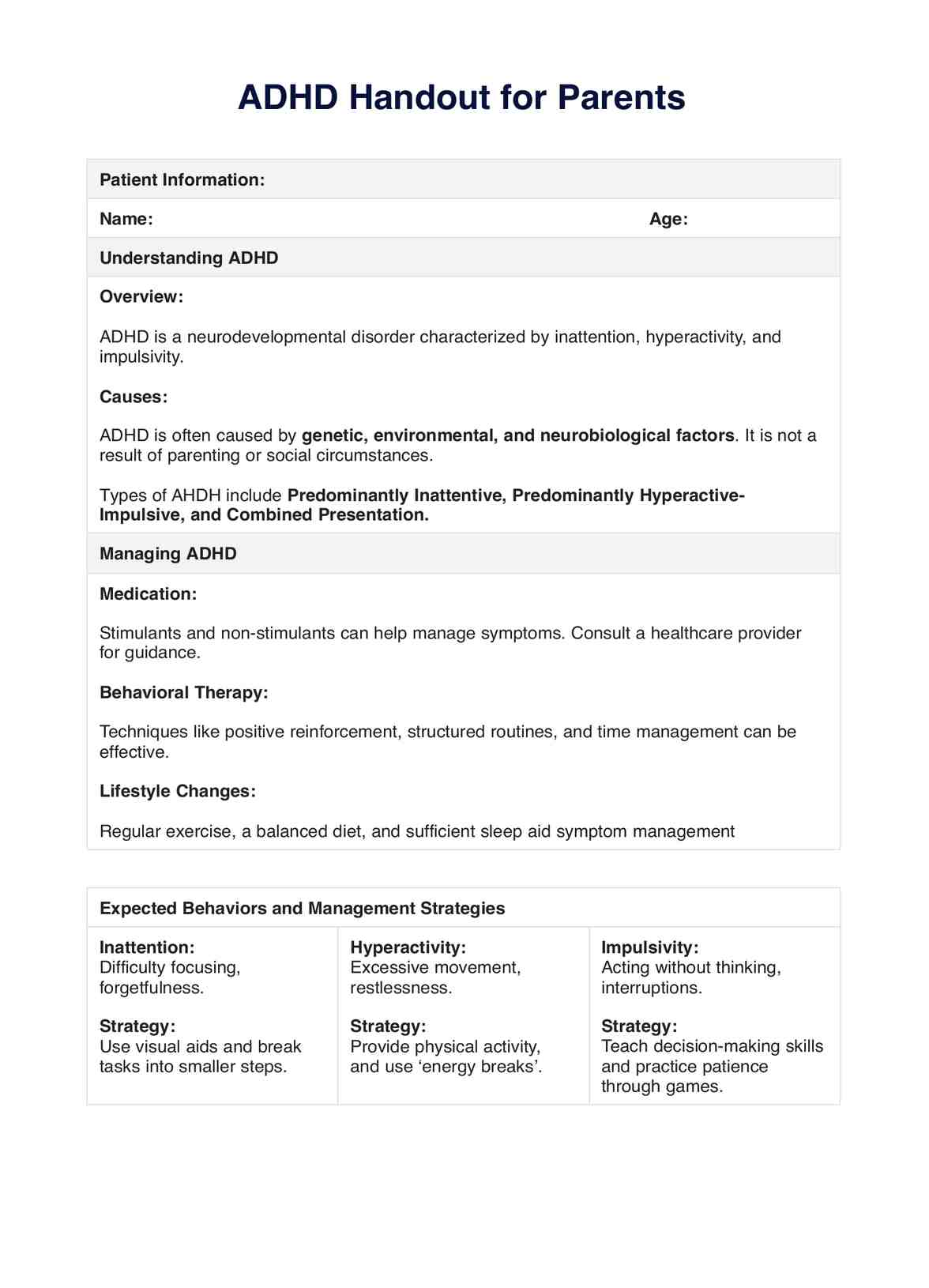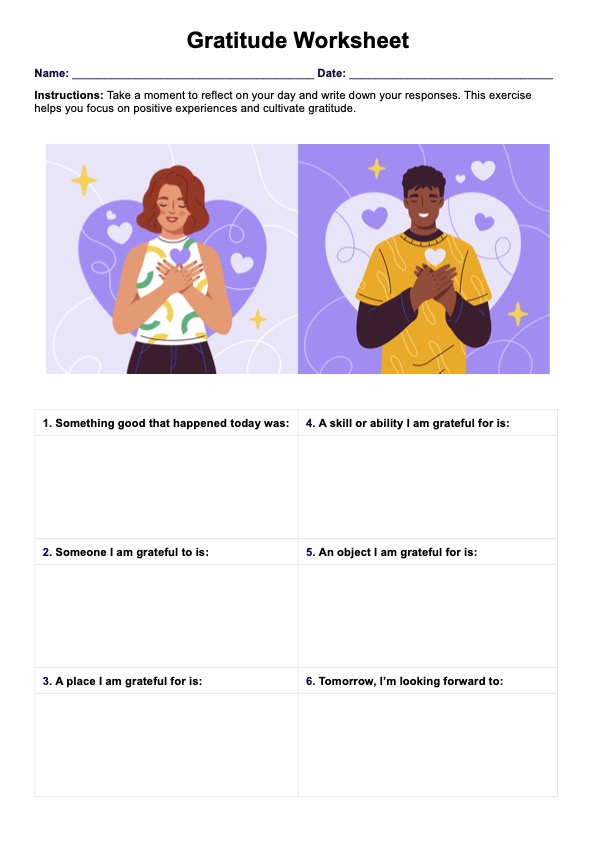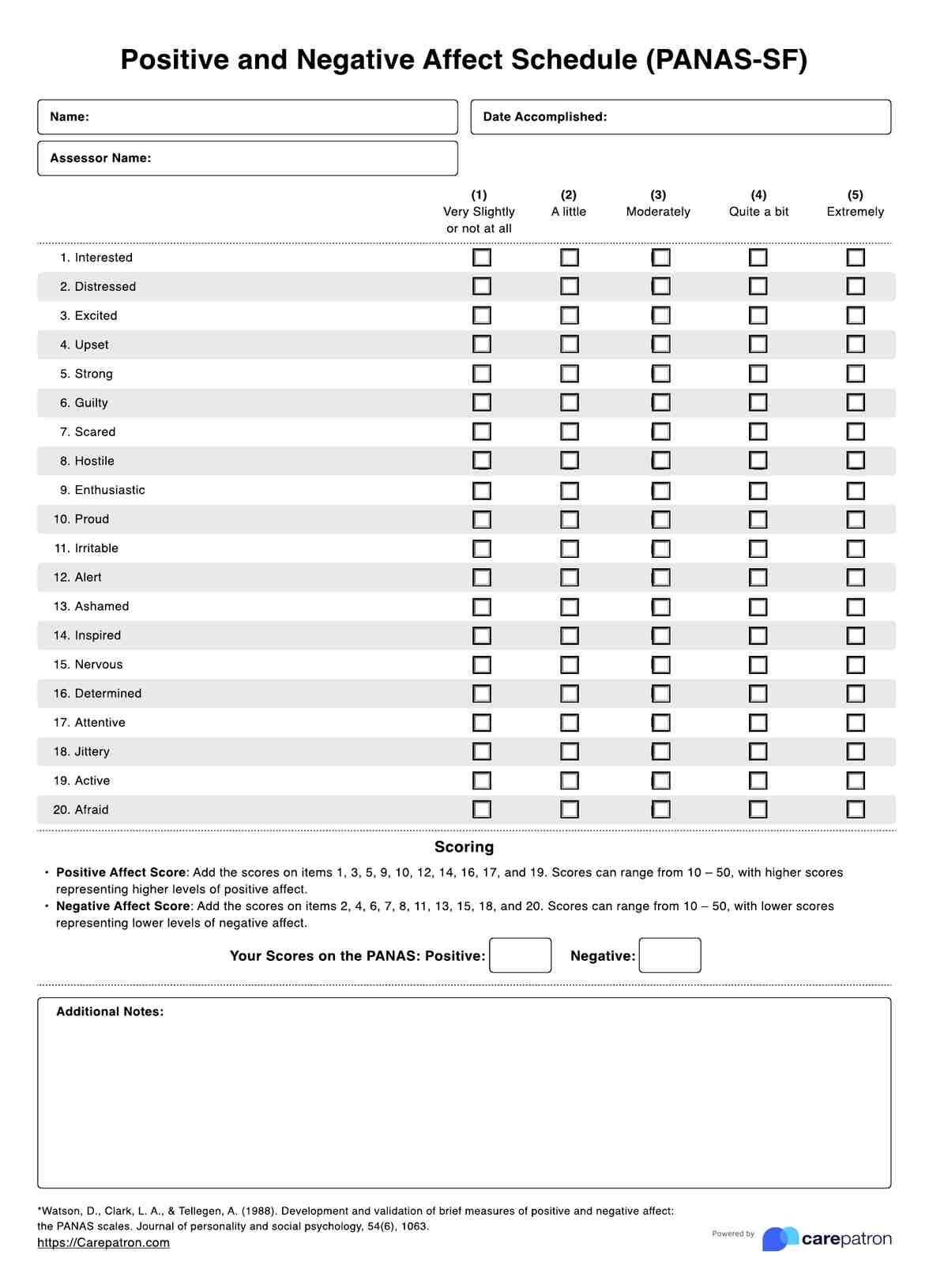"I" Statements Worksheets
Help clients healthily communicate their feelings with our "I" Statements Worksheets. Download a PDF for free!


What is an "I" Statements Worksheet?
Addressing one's own feelings without holding others accountable for them isn't easy. But this is where the “I” Statements Worksheets come into the picture.
Thomas Gordon introduced the concept of “I” statements as an effective communication tool. These “I” messages or statements will make a difference between “you” statements, which can tend to put the blame on and make presumptions about the other person.
They are centered around expressing the person's feelings and thoughts instead of blaming or making assumptions about others. The “I” statements are helpful in clearly communicating the speaker's needs without conflicts and misunderstandings. This can support an individual's interpersonal communication technique by using assertive communication skills and expressing feelings.
Mental health professionals can use this to help clients practice navigating respectful communication about their own emotions and the other person's behavior. “I” Statement Worksheets usually have prompts that guide individuals to express their thoughts, needs, and feelings. And they can do it assertively while also addressing conflicts. I statements enable clients to take responsibility for their thoughts and feelings, which is also helpful in communicating effectively.
"I" Statements Worksheets Template
I Statements Worksheets Example
How to use this "I" Statements Worksheet
Using the “I” Statements Worksheet is not complicated. Here's how you can go about it:
Step 1: Download the PDF
First, you must access the worksheet through this page by clicking on "Use template" or "Download." "Use template" allows you to open and edit the file within the Carepatron platform and "Download" enables you to get a fillable PDF copy of the file.
Step 2: Brief your clients
Once your download is complete, you must brief your client about the activity and worksheet. Explain how the “I” Statements Worksheet works, and they can complete filling it out.
Step 3: Fill out the “I” Statements Worksheet
This depends on your setting or how you want the worksheet filled out, whether during sessions or as homework. Guide them through the different instructions and how to fill them out. First, they can do the practice exercise, followed by engaging with real-life scenarios and writing a feelings statement with more complex emotions.
Step 4: Review and analyze the worksheet
After completing the worksheet, analyze it to gain insight based on the client's answers. You can then collaborate with them and discuss how this exercise made them feel to practice using the "I" language or "I" statements effectively in real life.
When to use this "I" Statements Worksheet
This worksheet is a practical tool for clients learning to improve their communication skills. It can be particularly valuable in numerous clinical contexts:
Working with couples
Couples experiencing communication difficulties often fall into patterns of blame and criticism. "I statements" help partners express needs and feelings without triggering defensiveness. This worksheet can be incorporated into couples therapy sessions, allowing partners to practice restructuring their complaints into constructive expressions of feeling.
Managing anger and emotional regulation
Clients struggling with anger management benefit significantly from "I statements" as they learn to verbalize emotions before they escalate. This worksheet provides a concrete framework for clients to process emotions and express them appropriately during triggering situations.
Addressing interpersonal conflicts
In group therapy settings, "I statements" help establish healthy communication norms. They allow clients to address interpersonal conflicts directly while minimizing defensive reactions. The "I" Statements Worksheet can be used in session to practice addressing actual conflicts within the therapeutic group.
Building assertiveness skills
For clients with passive communication styles, "I statements" offer a structured entry point into assertiveness. Practicing assertive communication through "I statement" increases confidence in expressing needs. The worksheet provides progressive exercises that help clients develop comfort with assertive self-expression.
Benefits of "I" Statements Worksheet template
This "I" Statements Worksheet benefits you and your clients. Here are some of them:
Easy to use
This template is customizable, making it easy to use. Once you download the PDF and brief your clients on how to fill it out, you can immediately start using the "I" Statements Worksheet PDF in your practice.
Improves self-regulation
Since the “I” statements focus on the speaker's feelings, they can take charge of their emotions well instead of shifting the blame onto others.
Promotes healthy conflict resolution
Instead of clashing, the “I” statements can resolve conflicts by addressing their emotions and not fighting and they can learn that through the “I” Statements Worksheets.
Reduces defensiveness
As discussed earlier, using the “I” statements focuses on the thoughts and feelings of the speaker. In this way, individuals can't shift the blame on the listener and avoid misunderstandings.
Great for different circumstances
The "I" Statements Worksheets work well for different circumstances. These will work with couples and families, children, and people who want to regulate their emotions and communicate them healthily.
Commonly asked questions
“I” Statements Worksheets are designed to help individuals express their feelings in a non-confrontational way. Using the “I” statements shifts the focus from blaming others to confronting their emotions.
An example of an "I message" is: "I feel frustrated when you interrupt me during meetings because it makes it hard for me to share my ideas." This statement expresses the speaker's feelings and the specific behavior that triggers those feelings, focusing on their experience rather than blaming the other person.
The four parts of an I-statement include: 1) the "I" statement itself, which begins with "I feel" to express the speaker's emotions; 2) the behavior, which describes what the other person did that affected the speaker; 3) the impact, detailing how that behavior affects the speaker; and 4) the request, which suggests what the speaker would like to change or how they would like the other person to respond in the future.



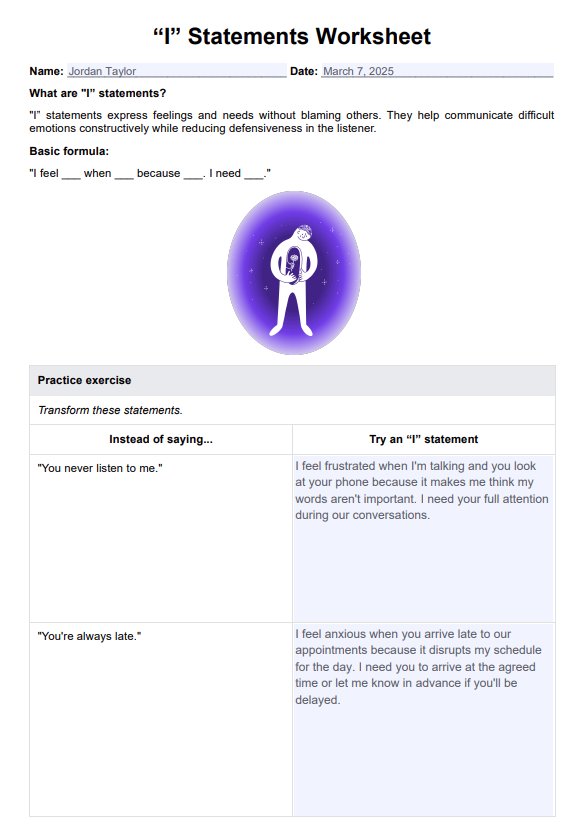

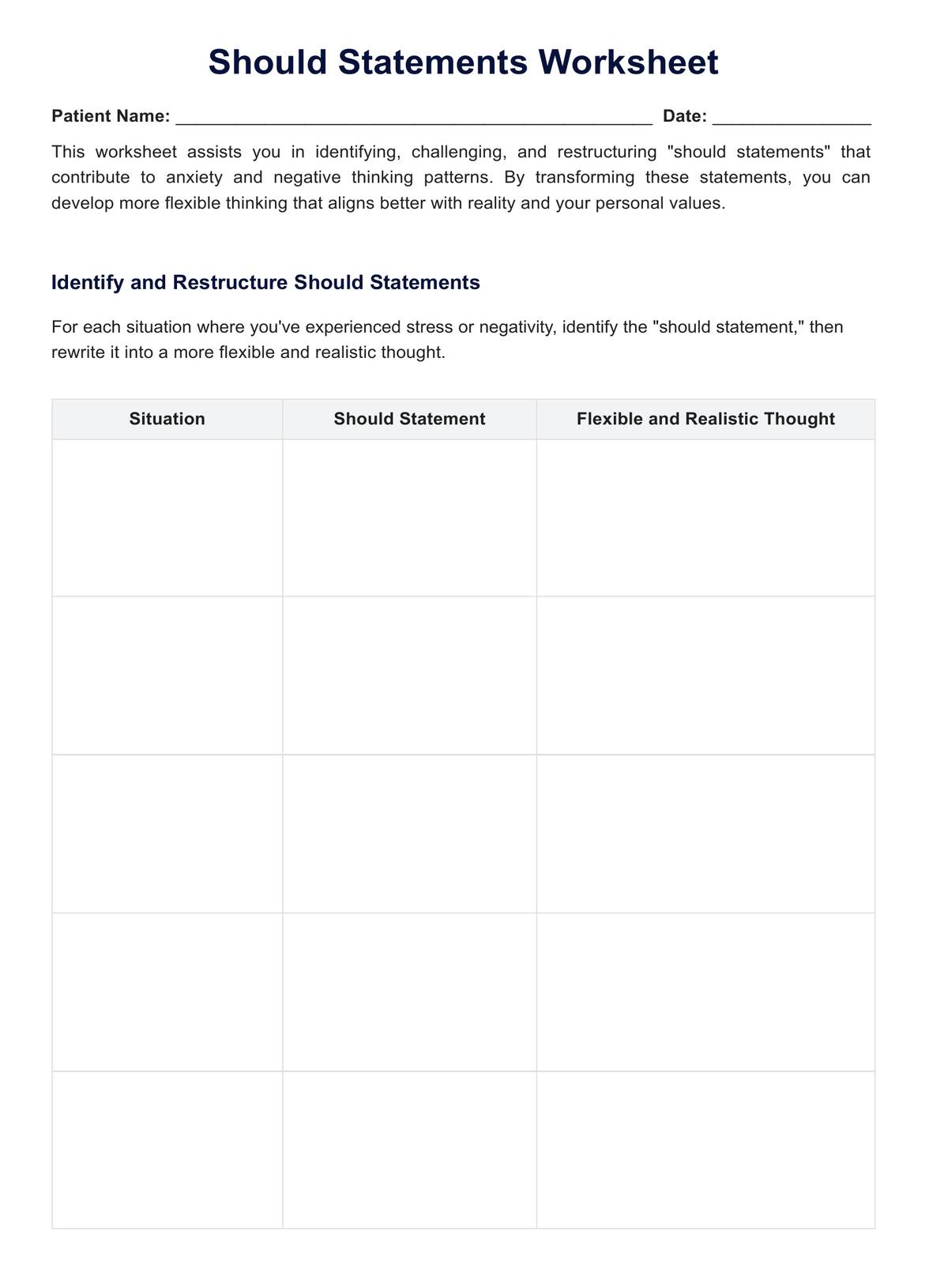
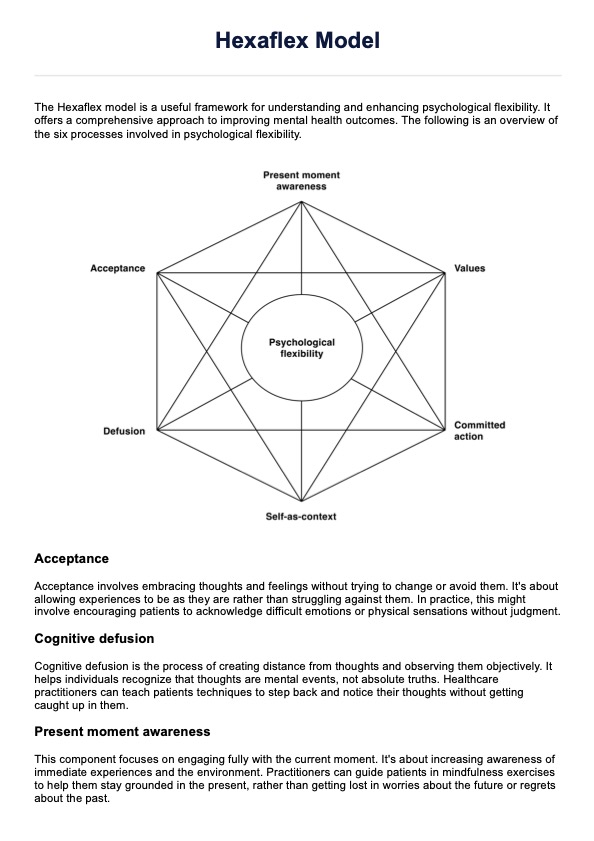
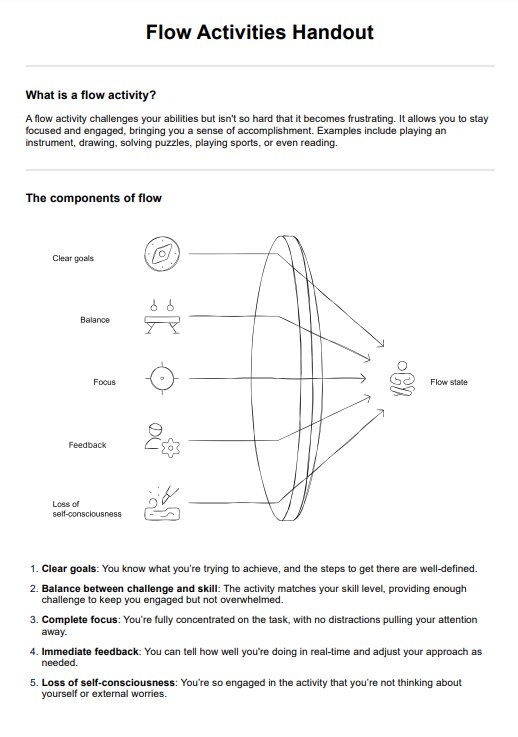
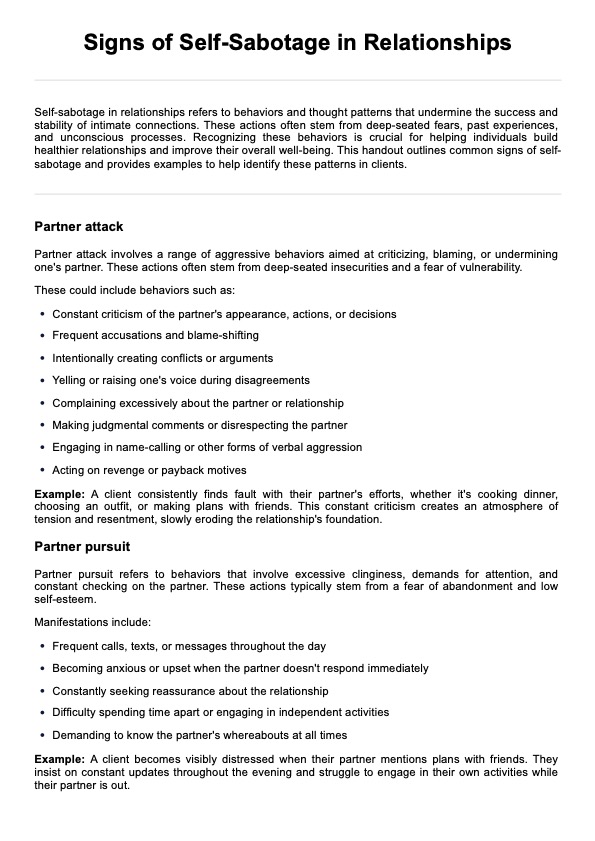
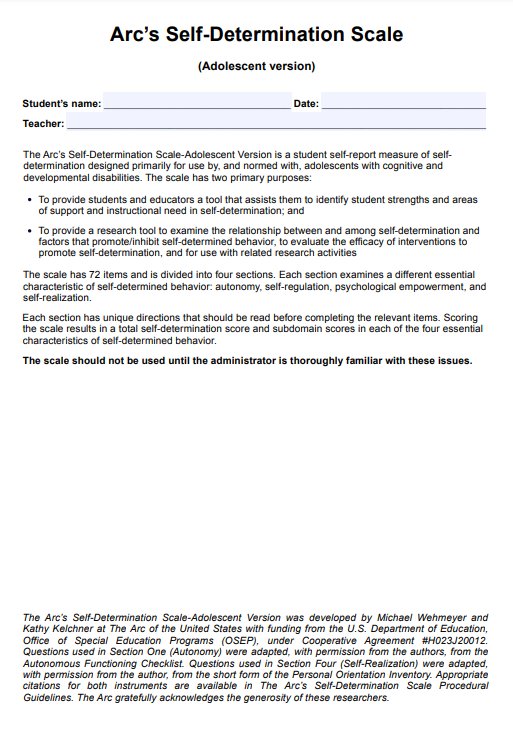
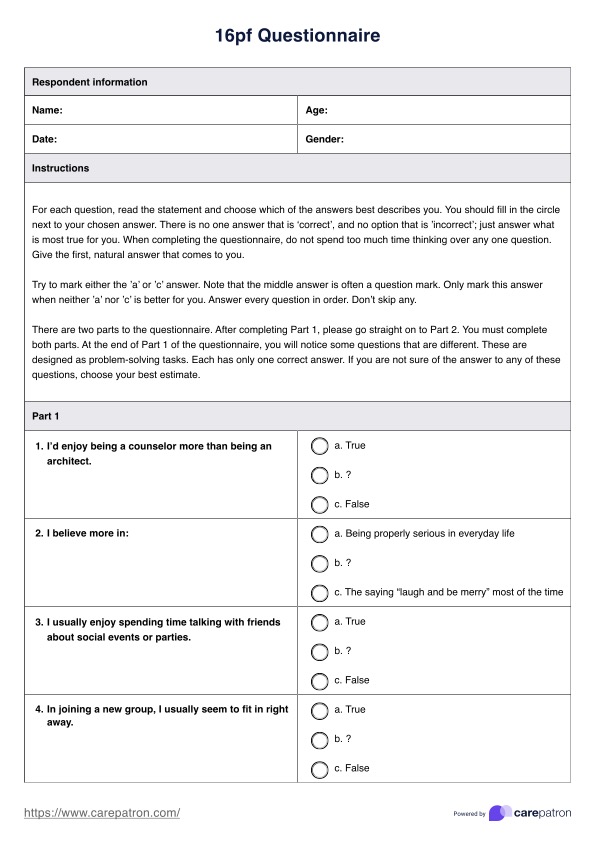

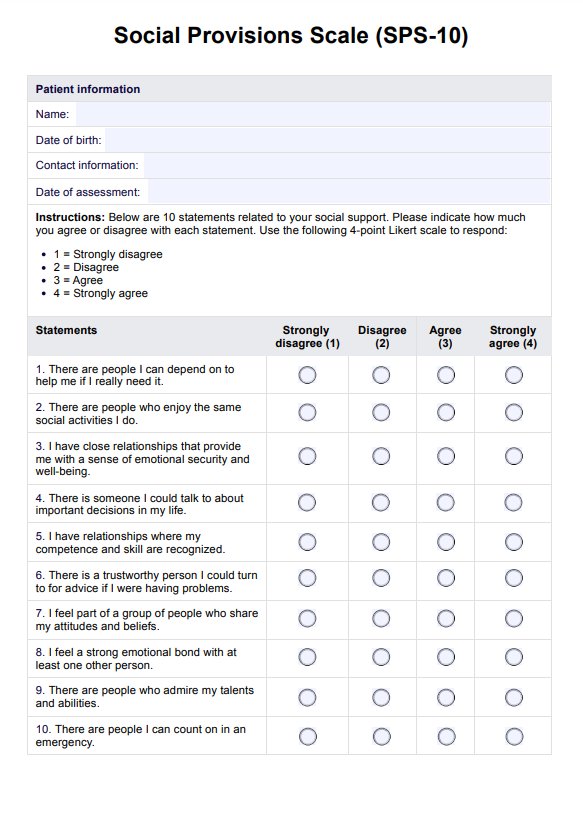


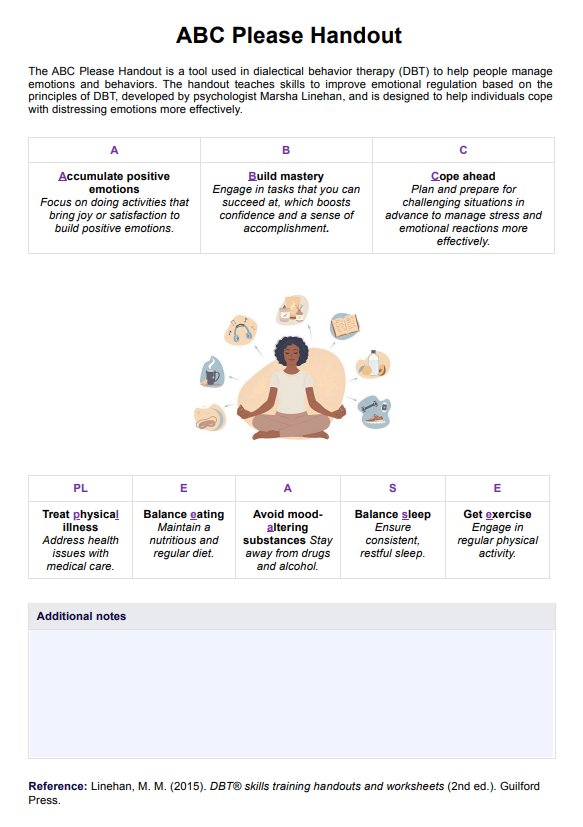
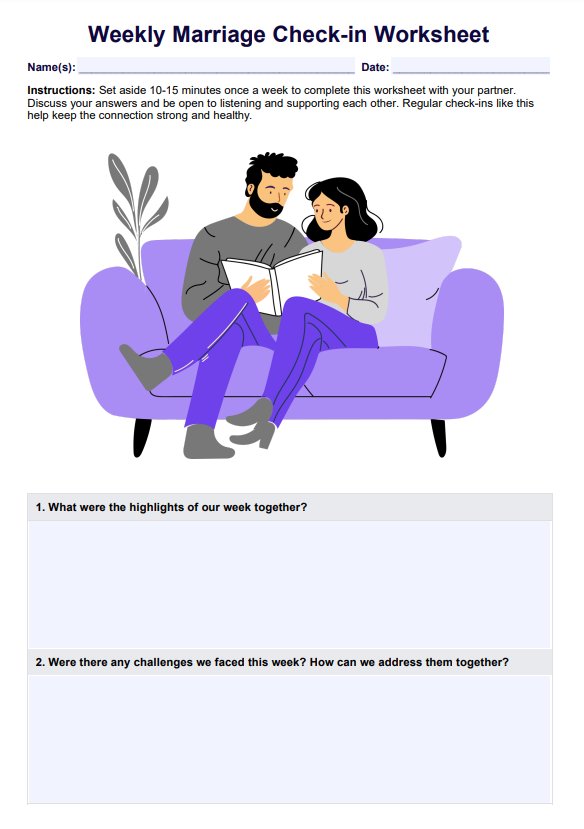
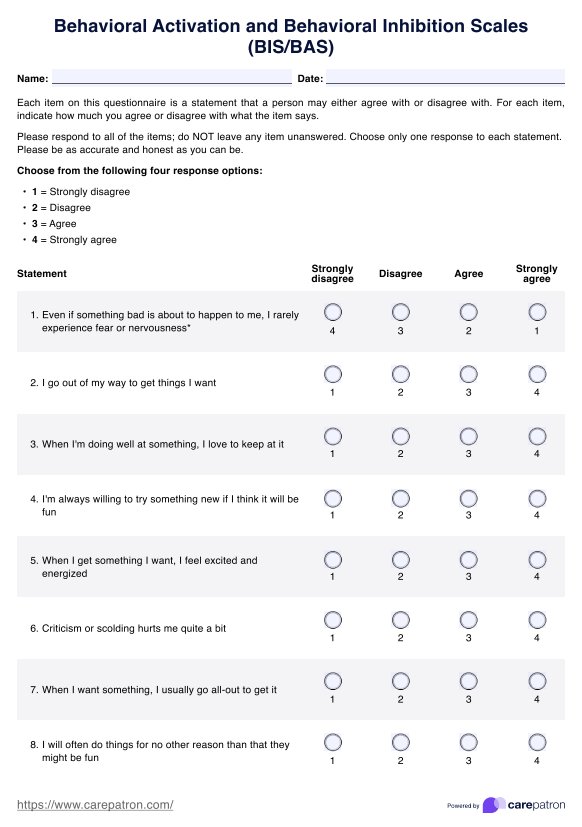
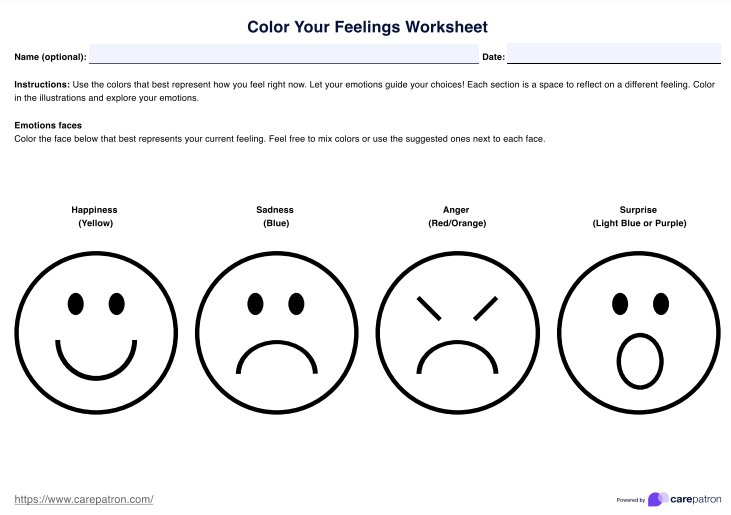
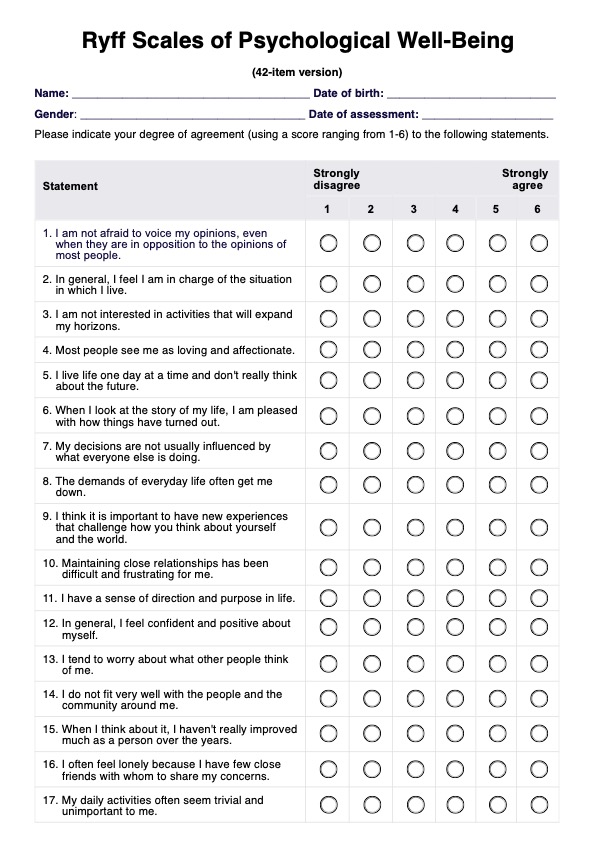
-template.jpg)
